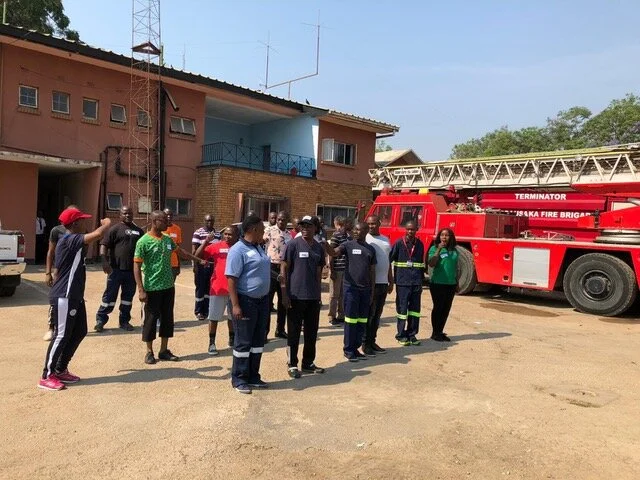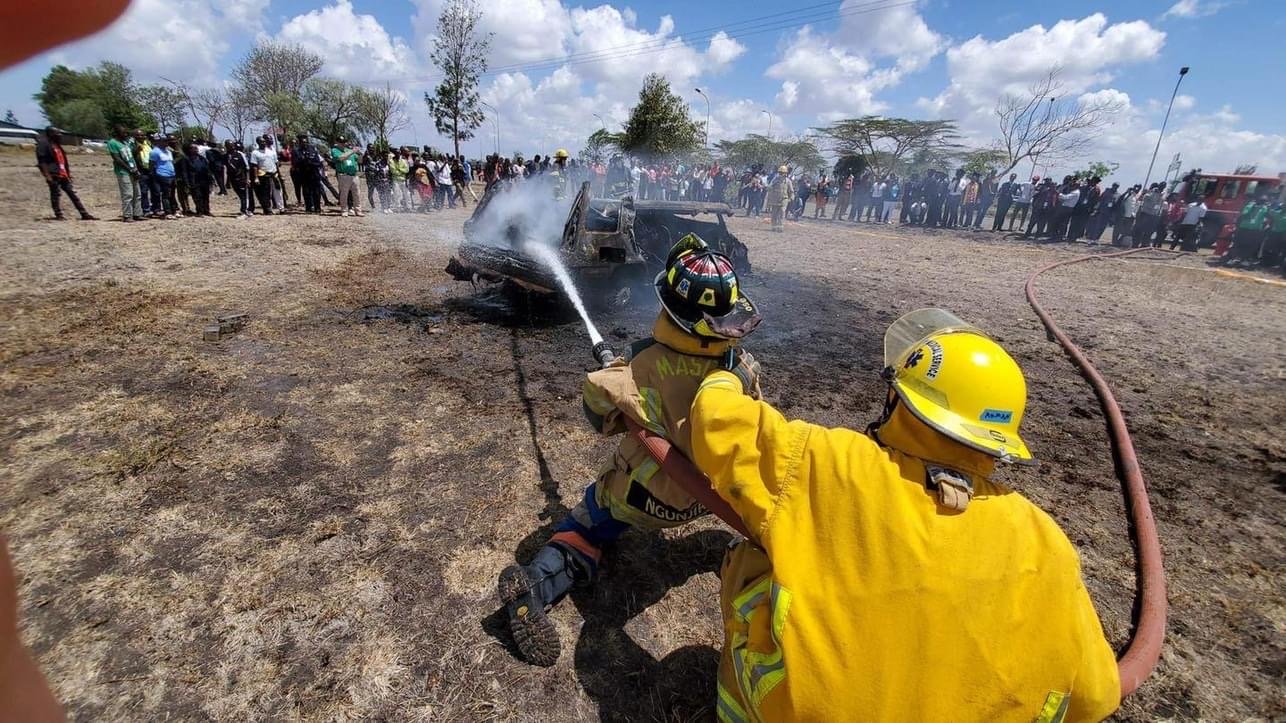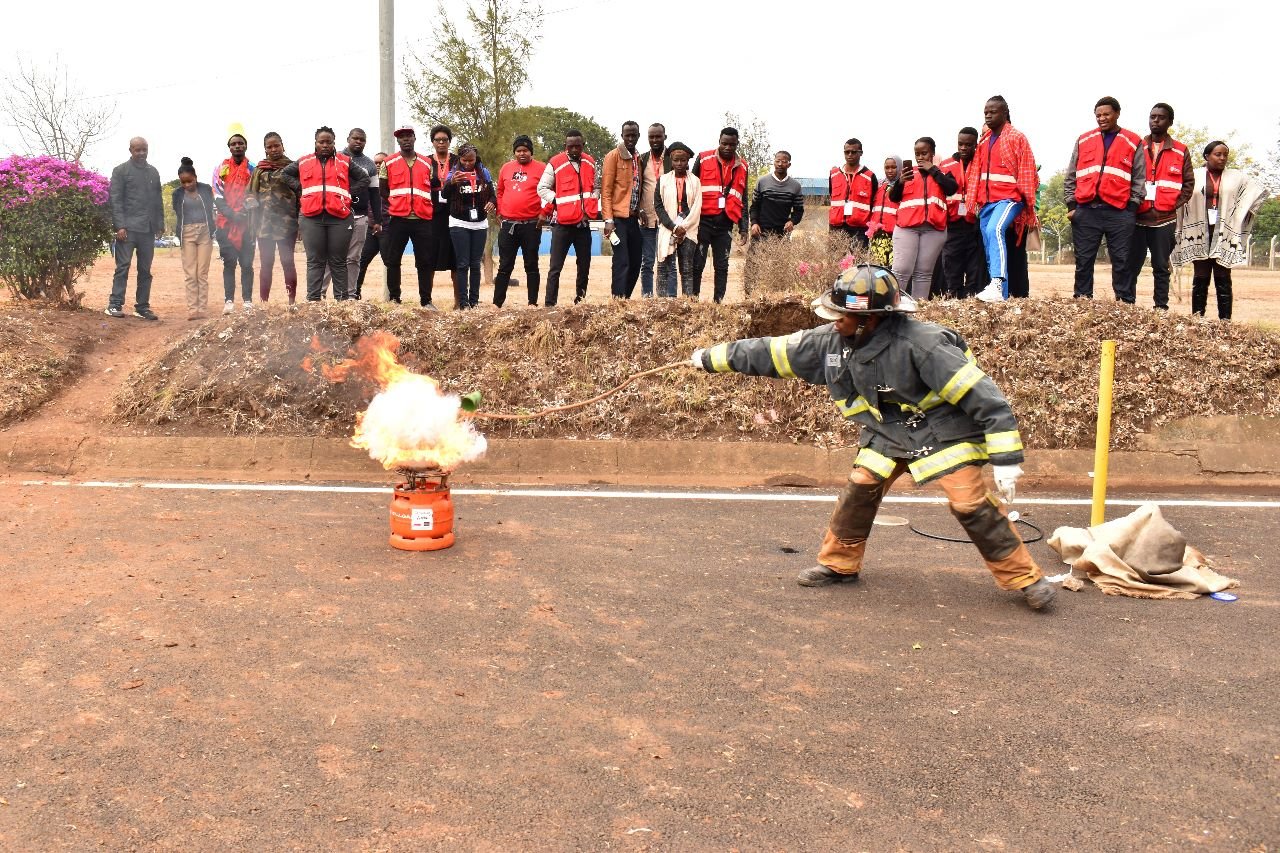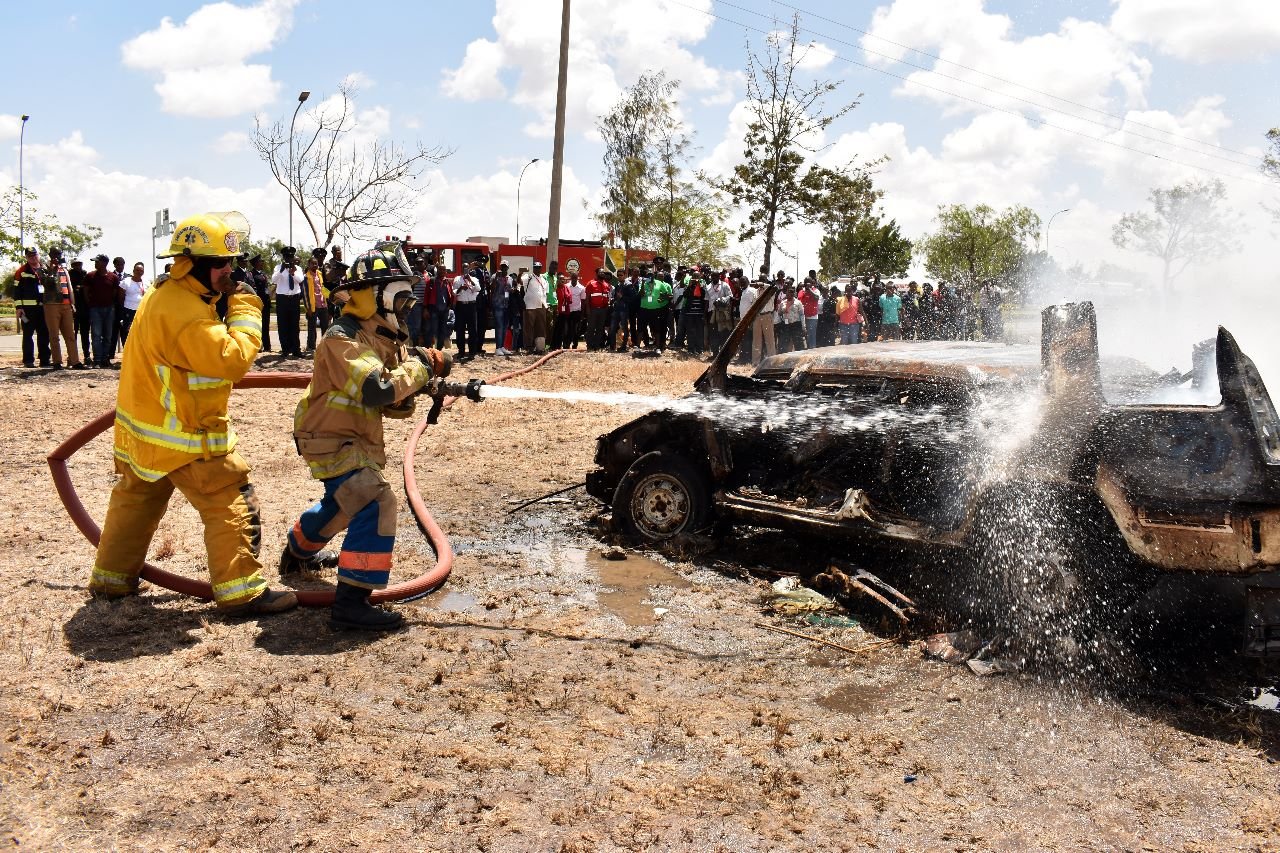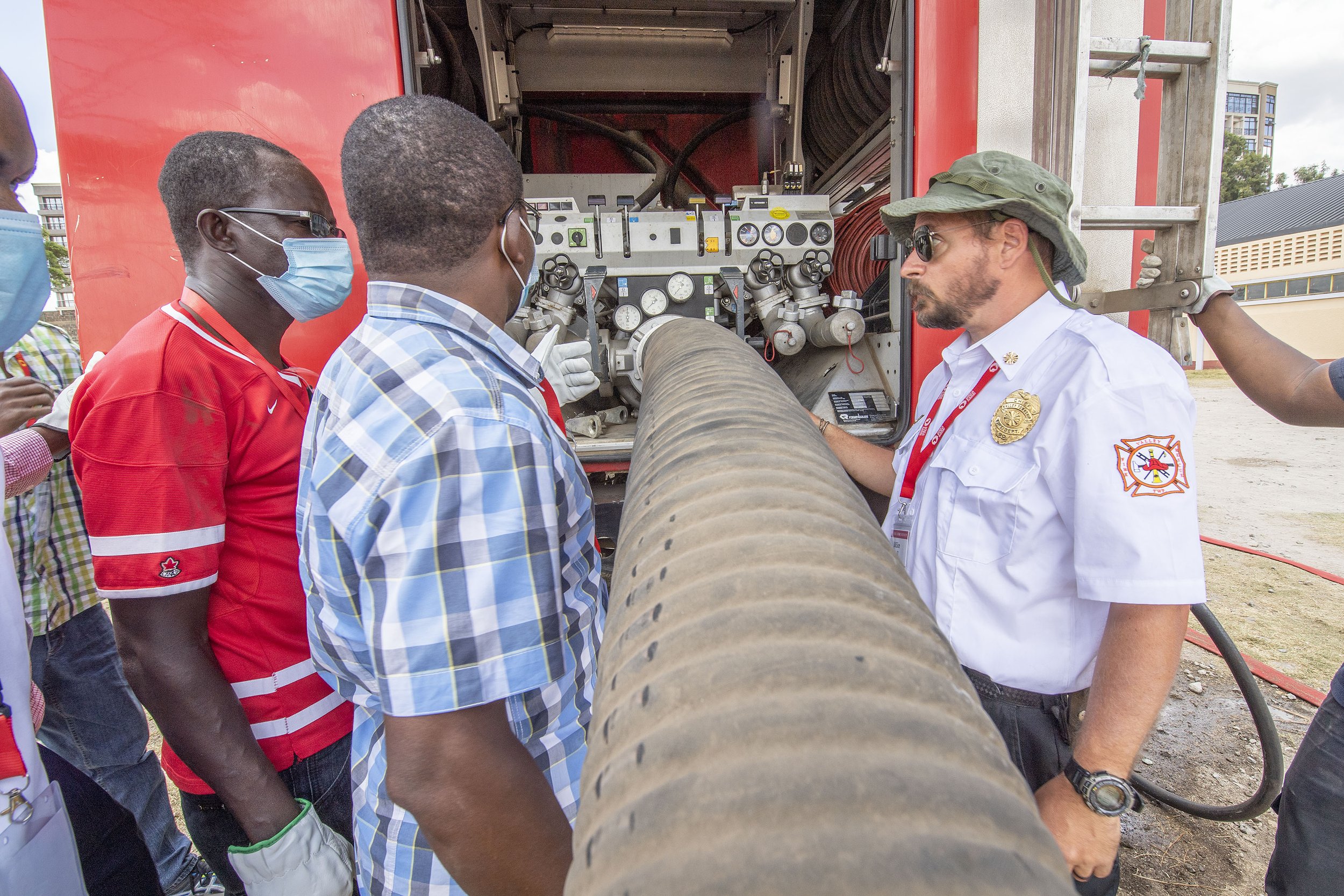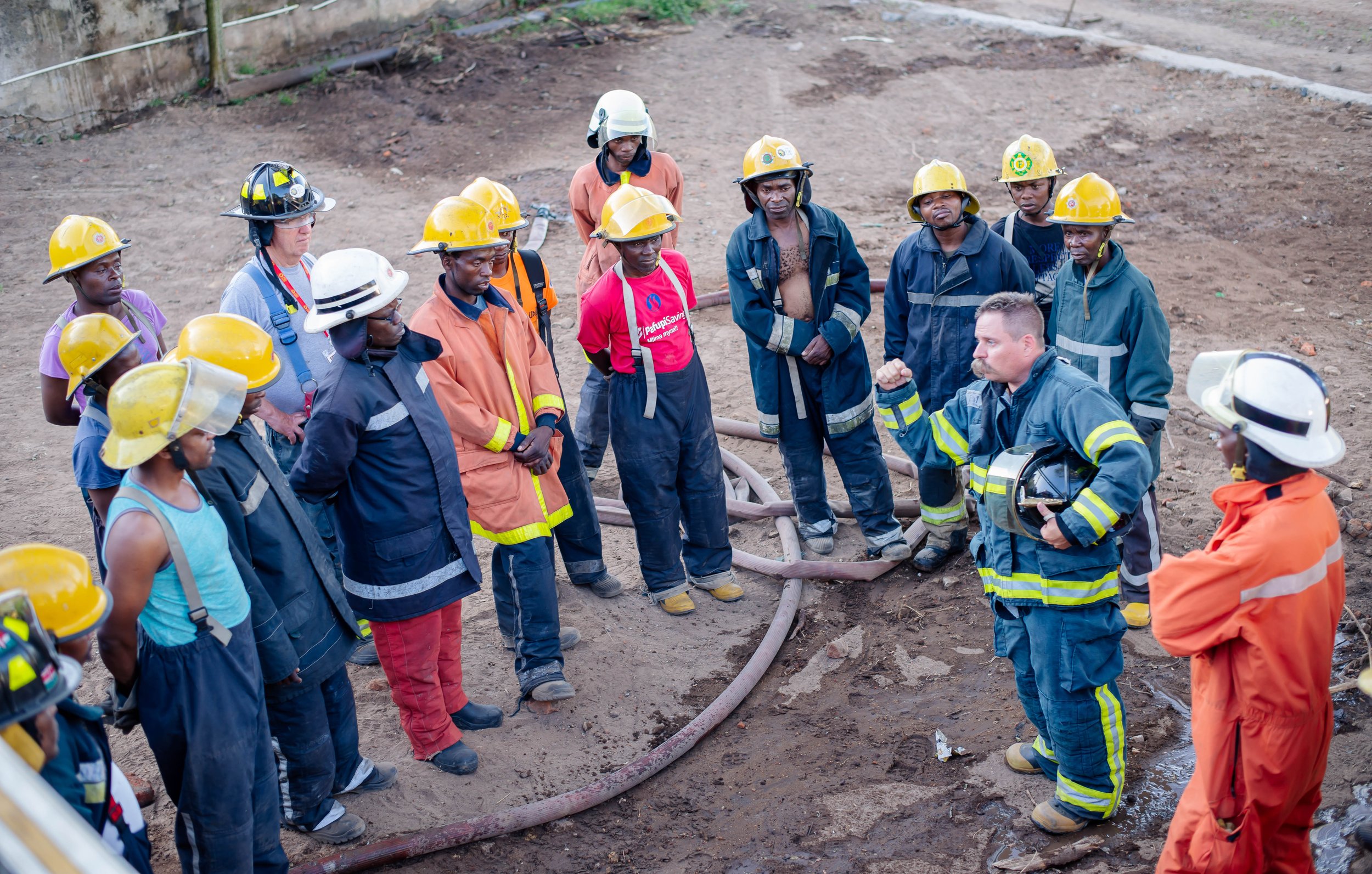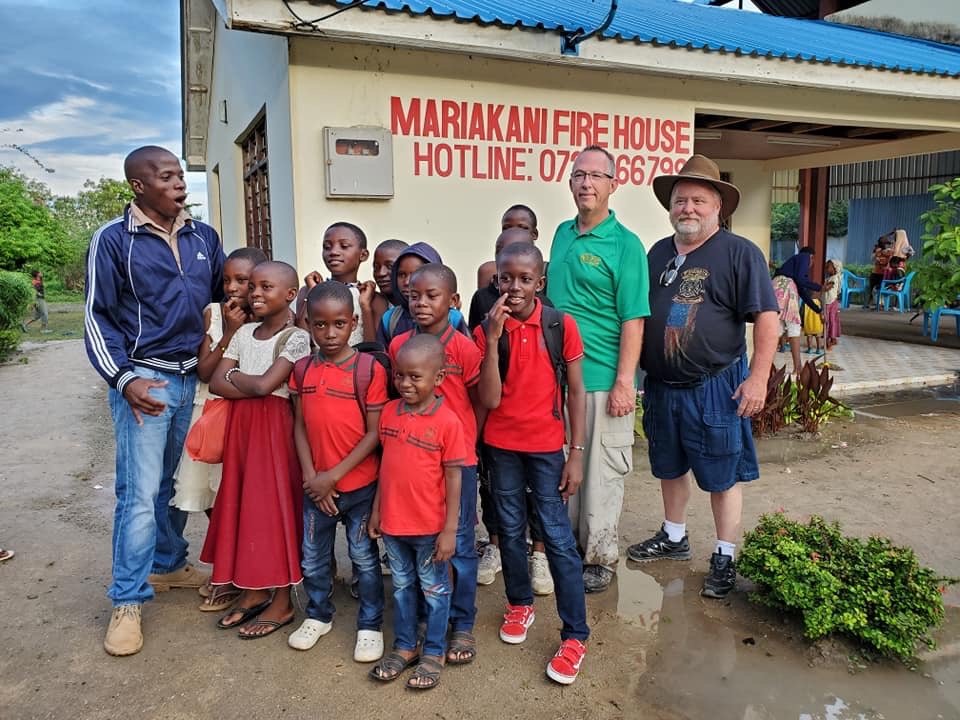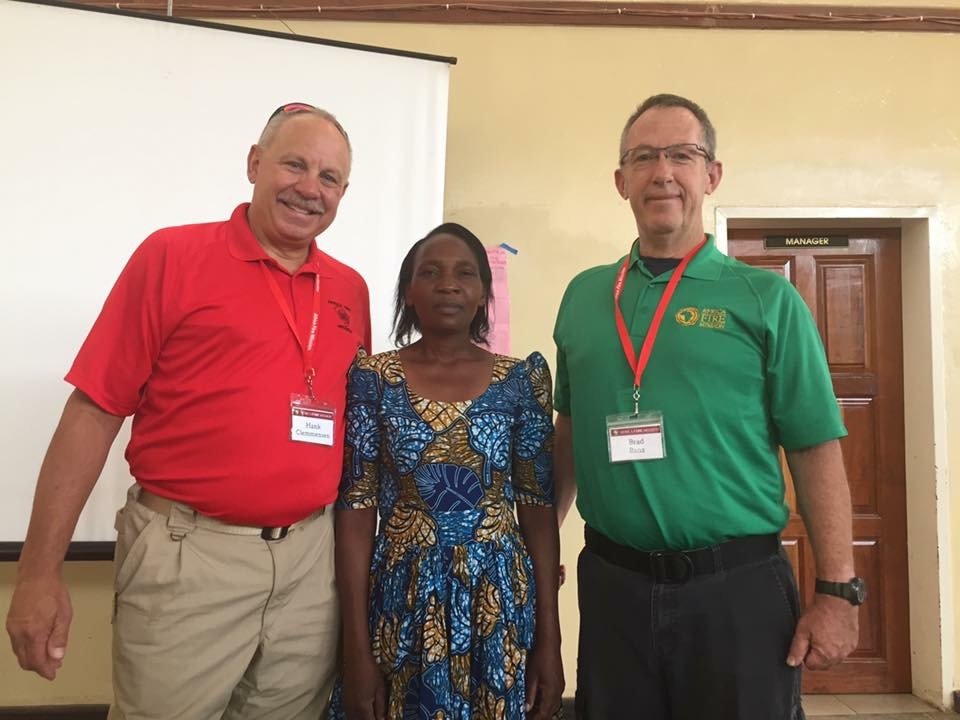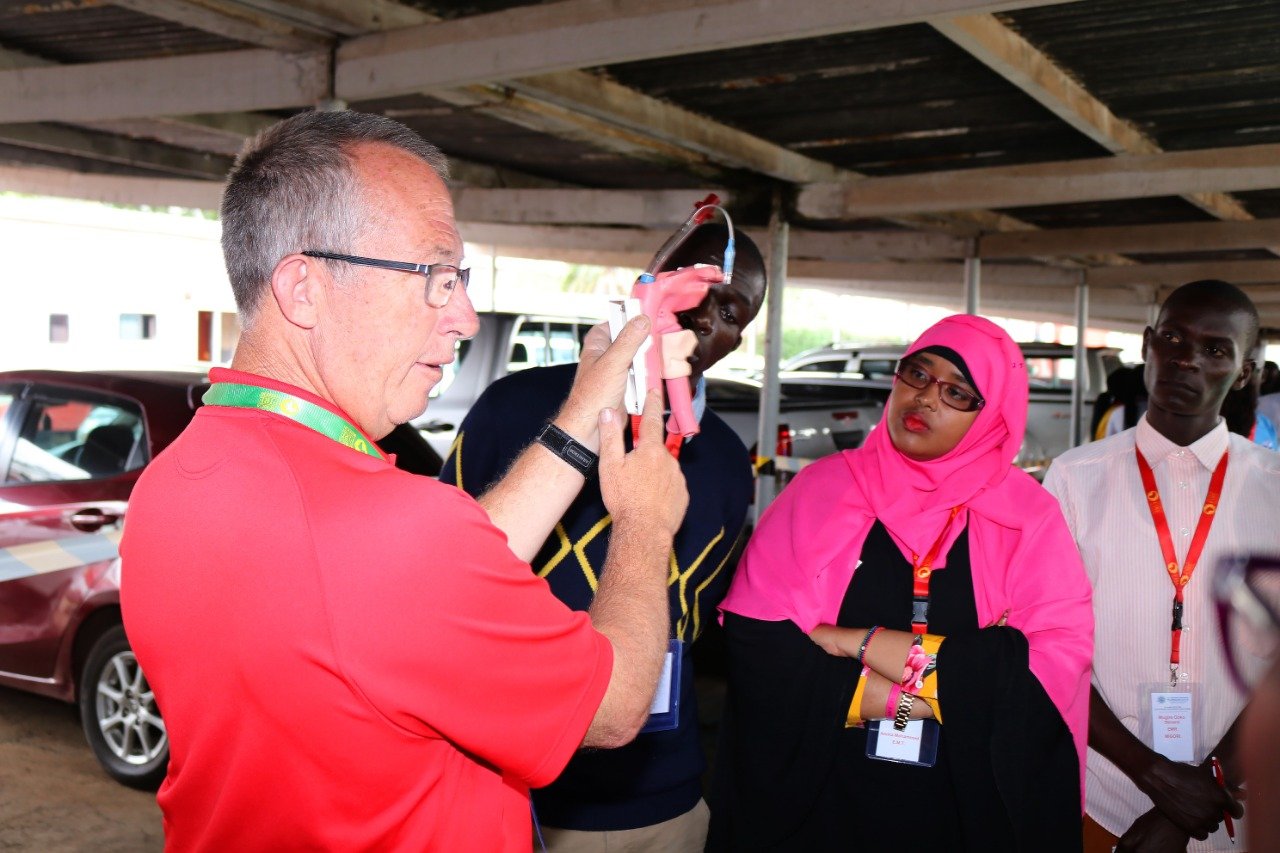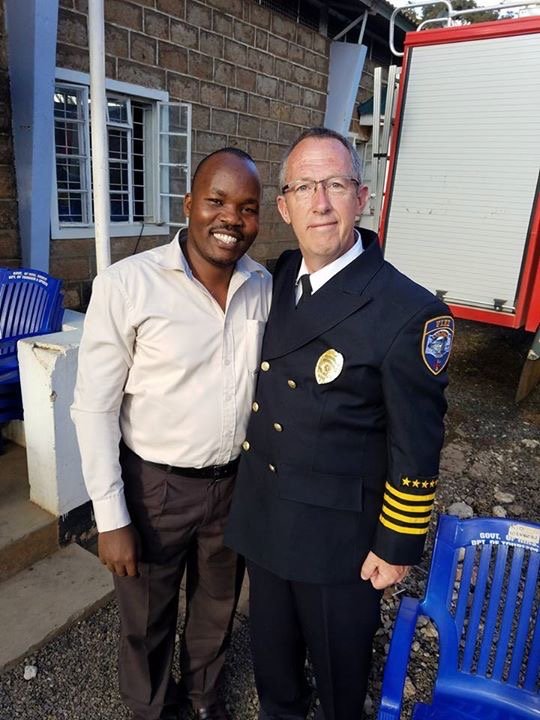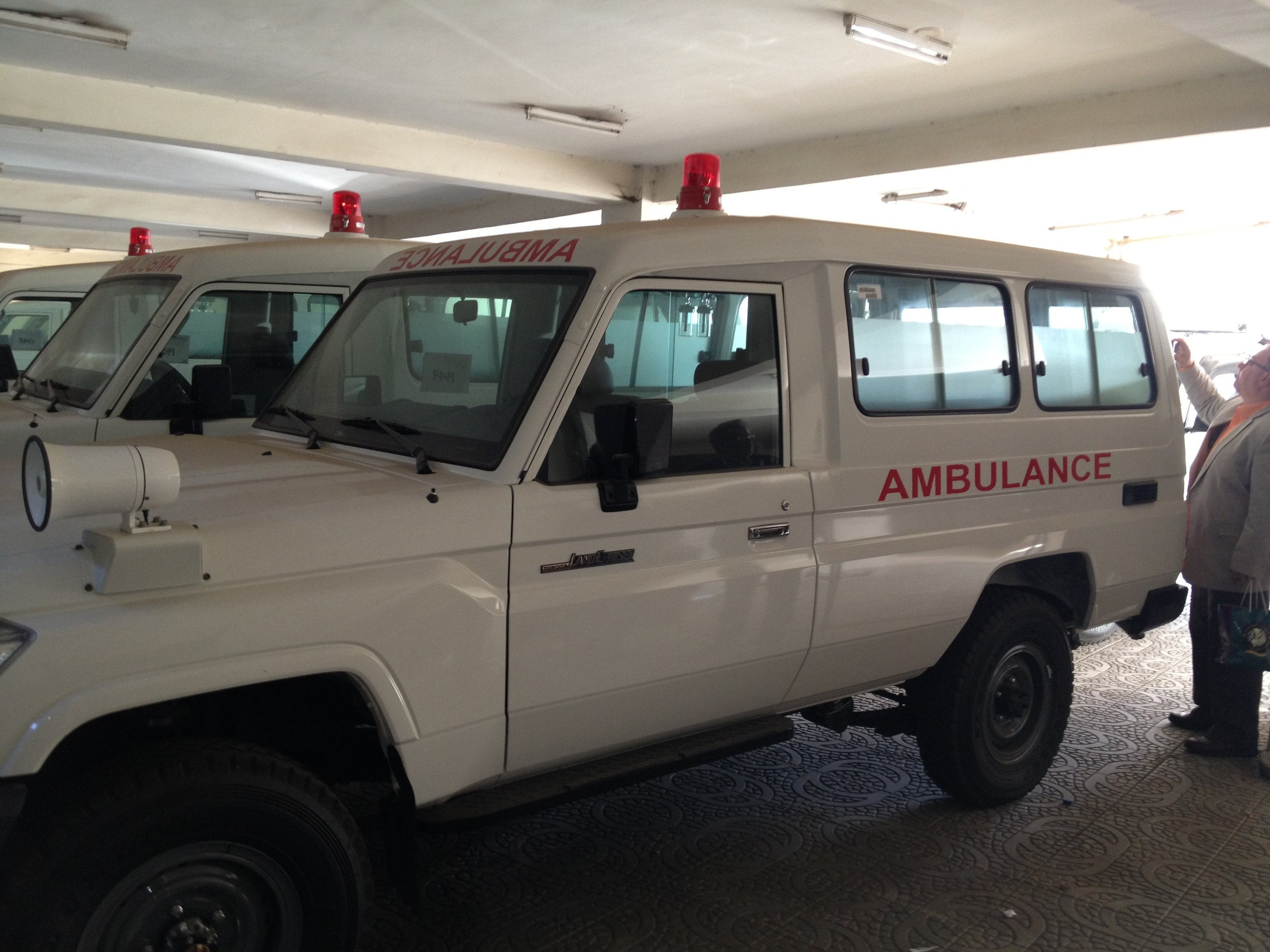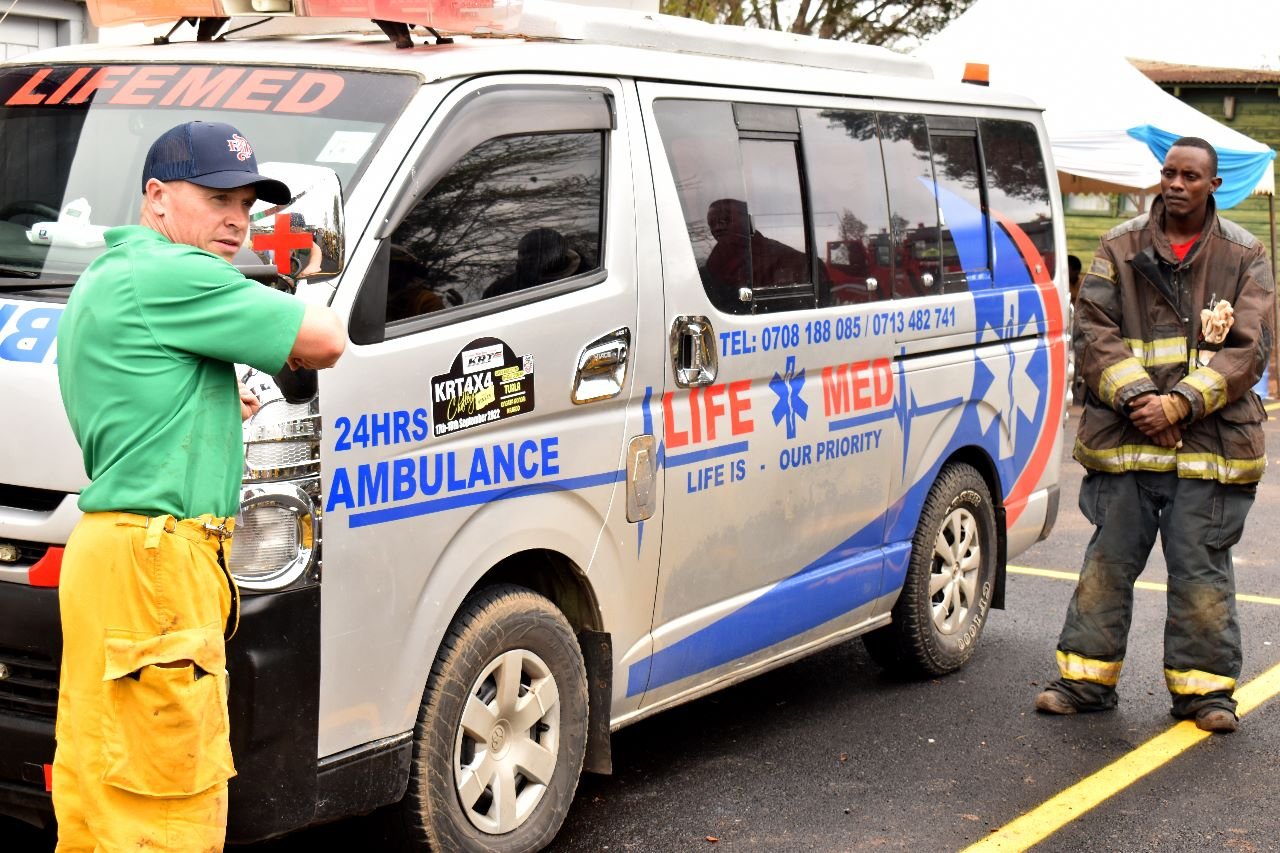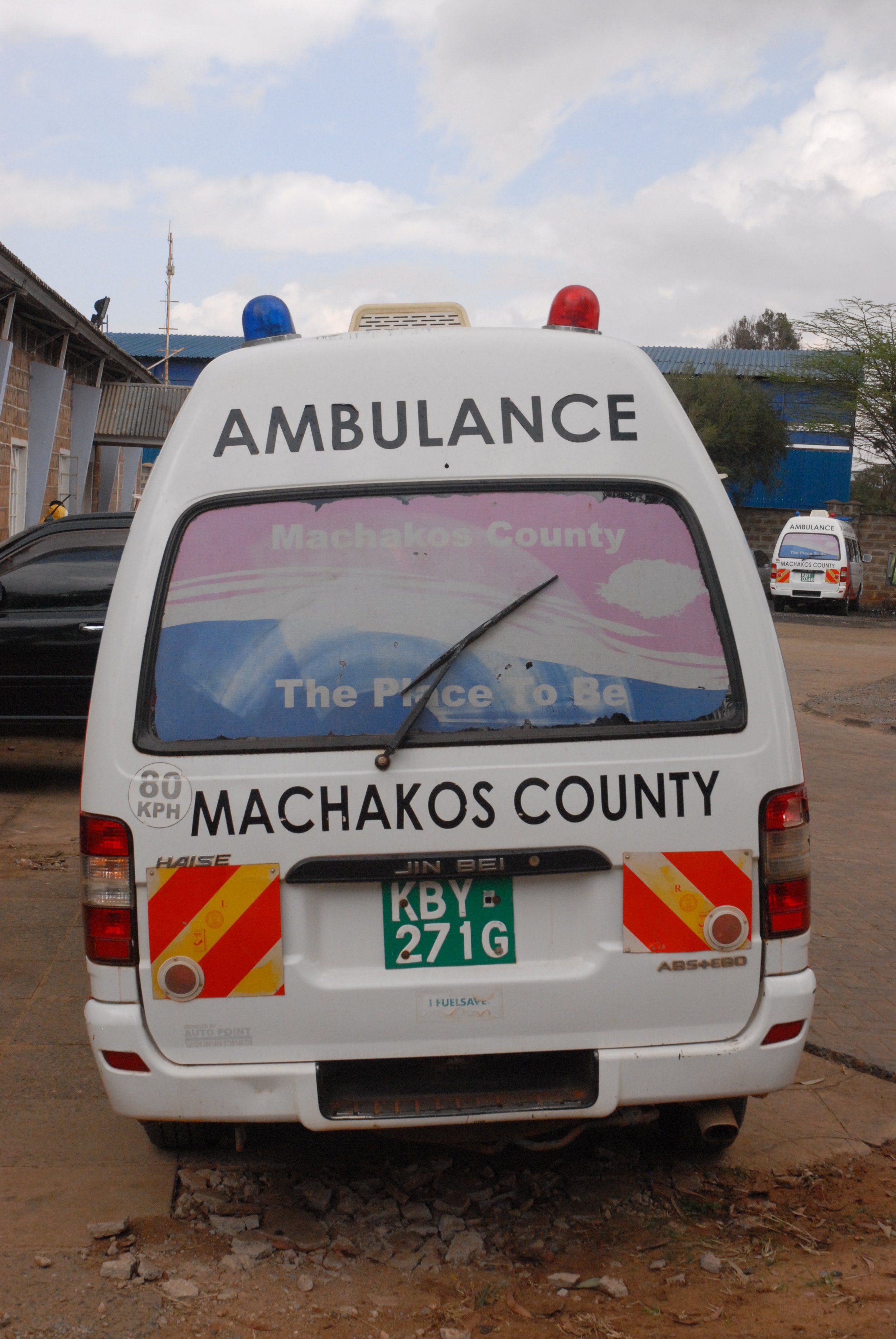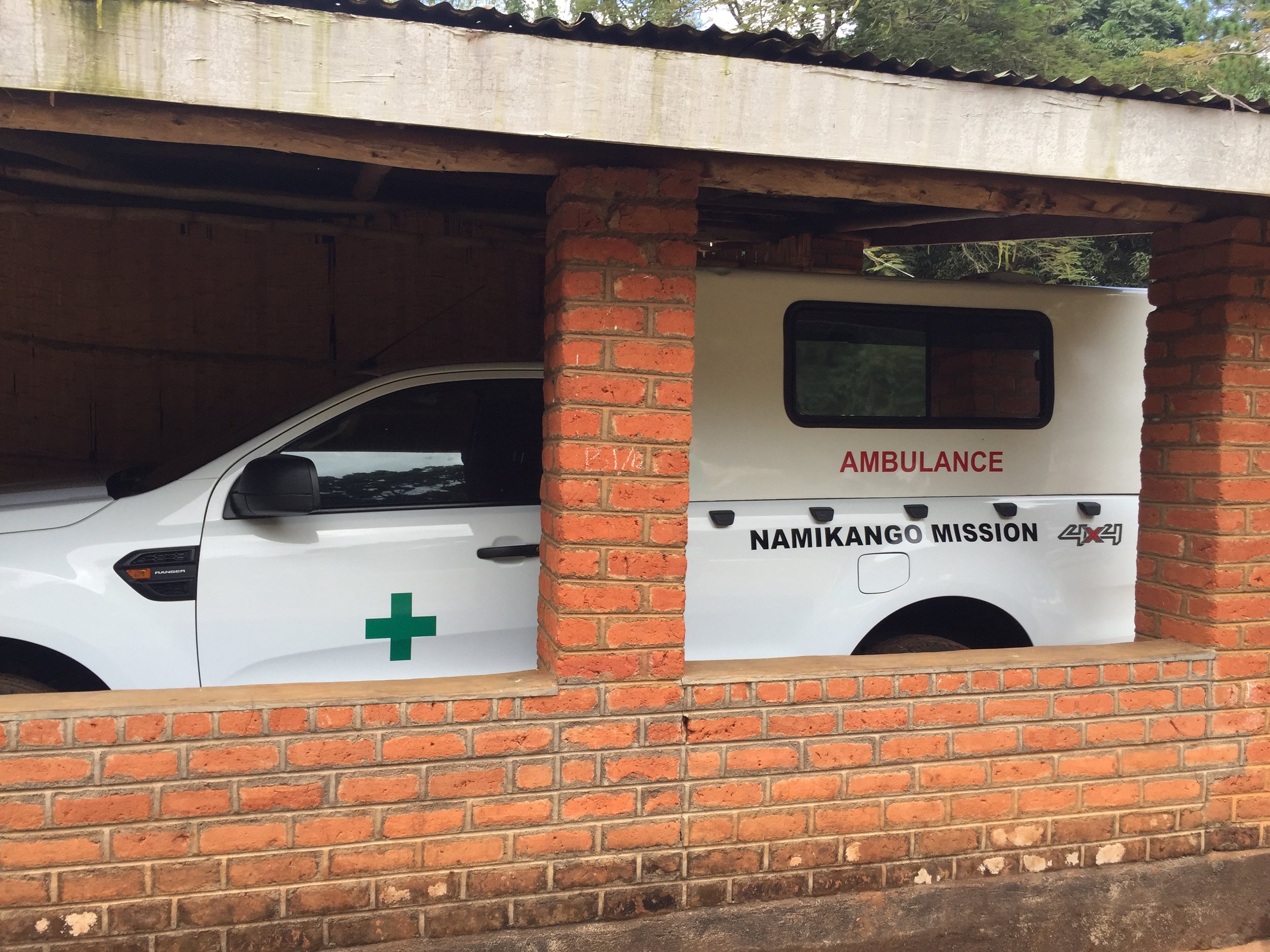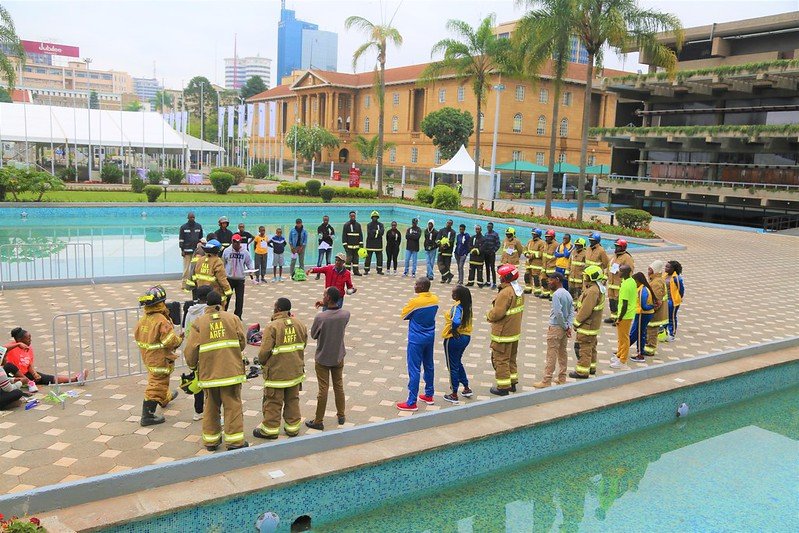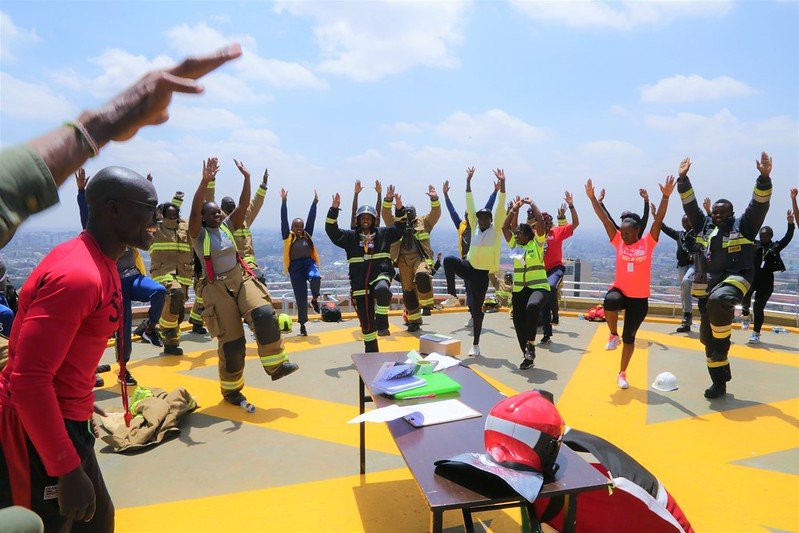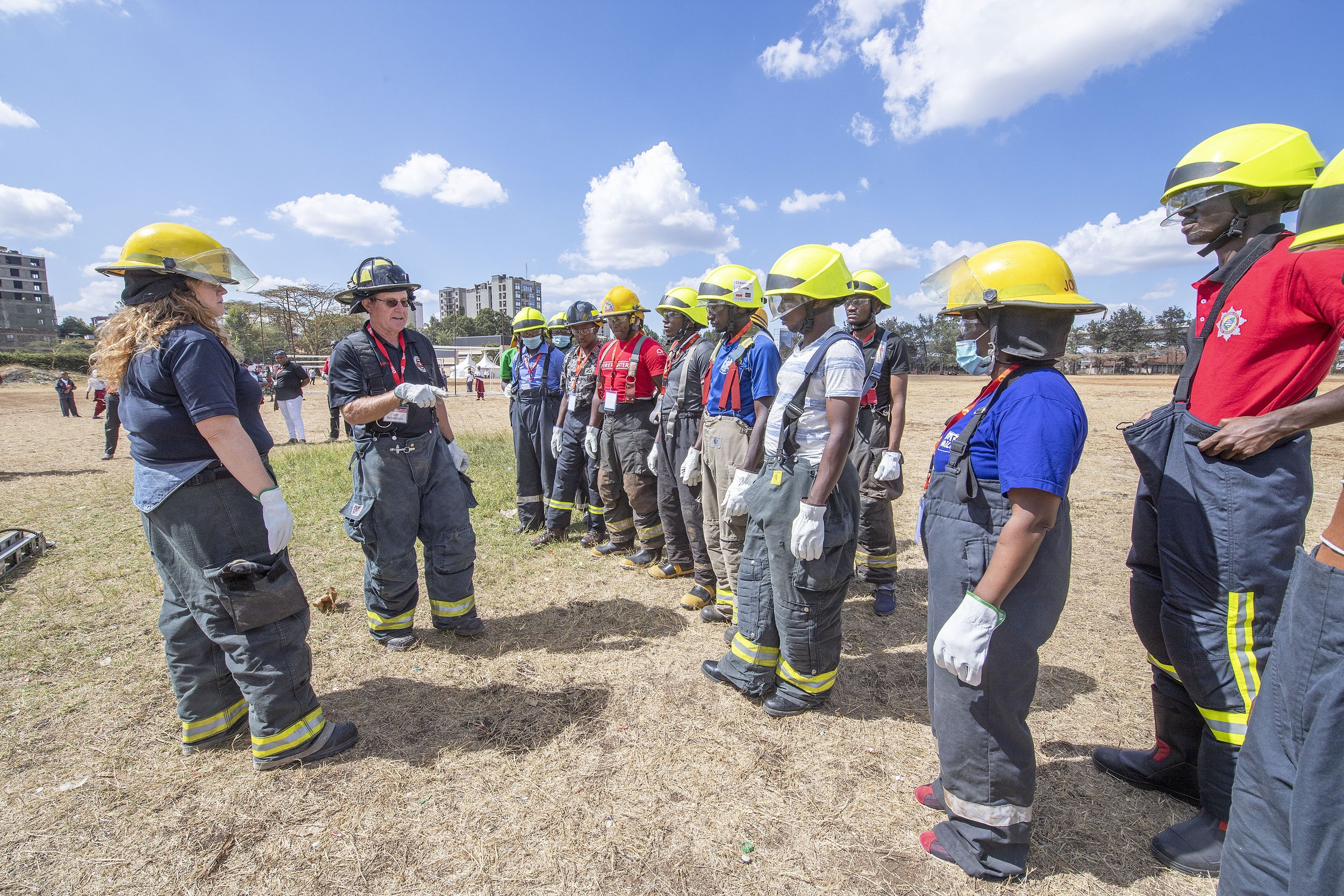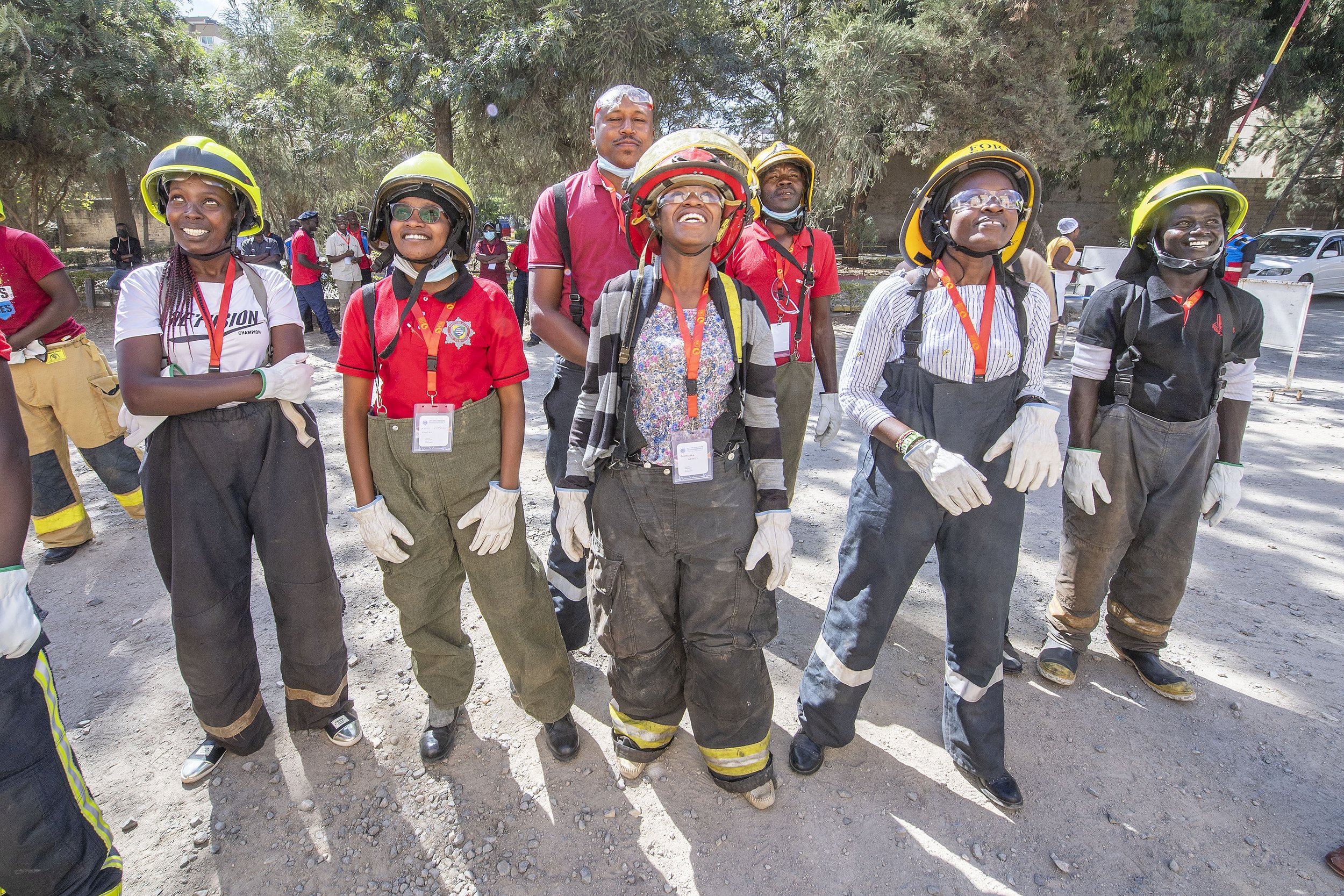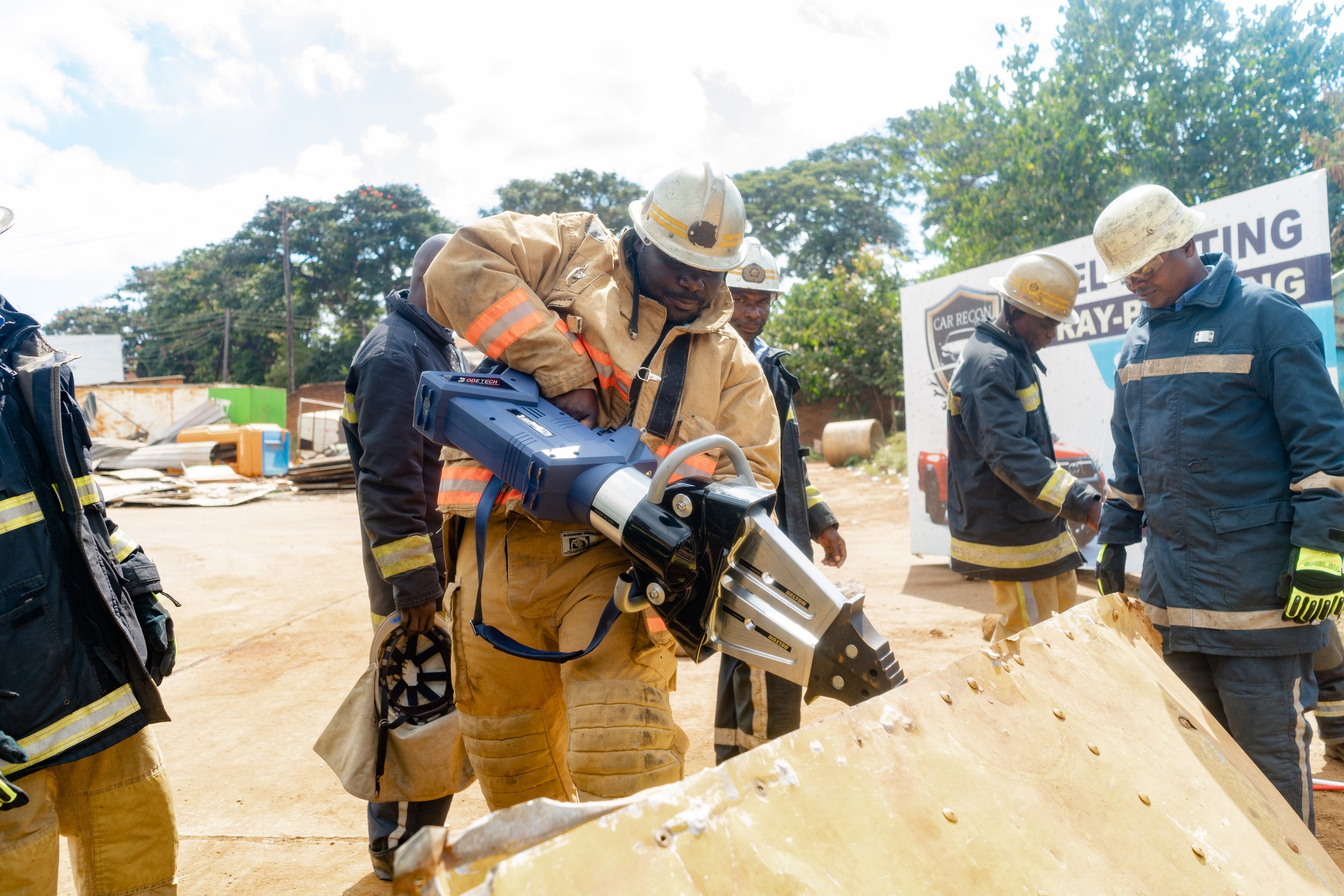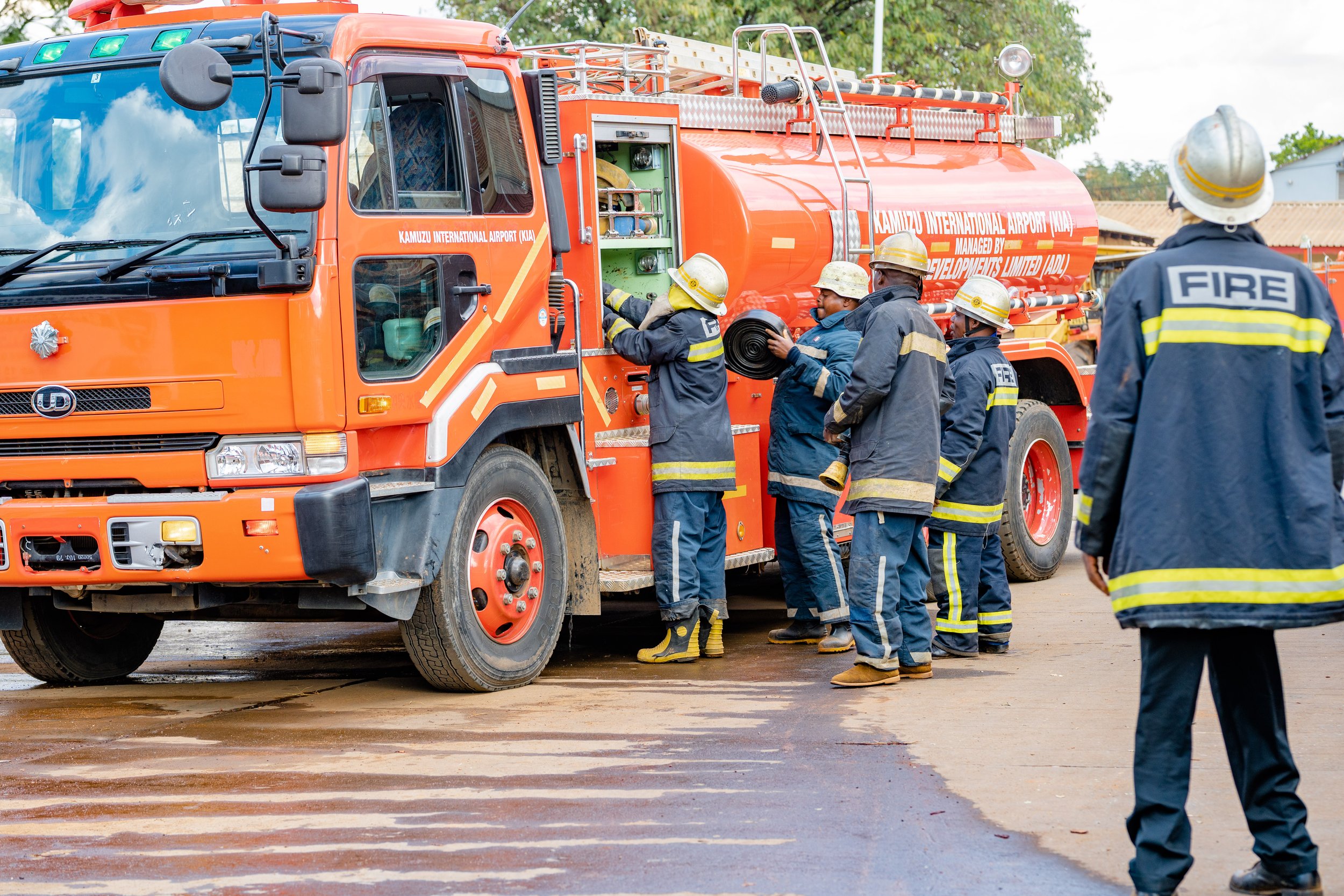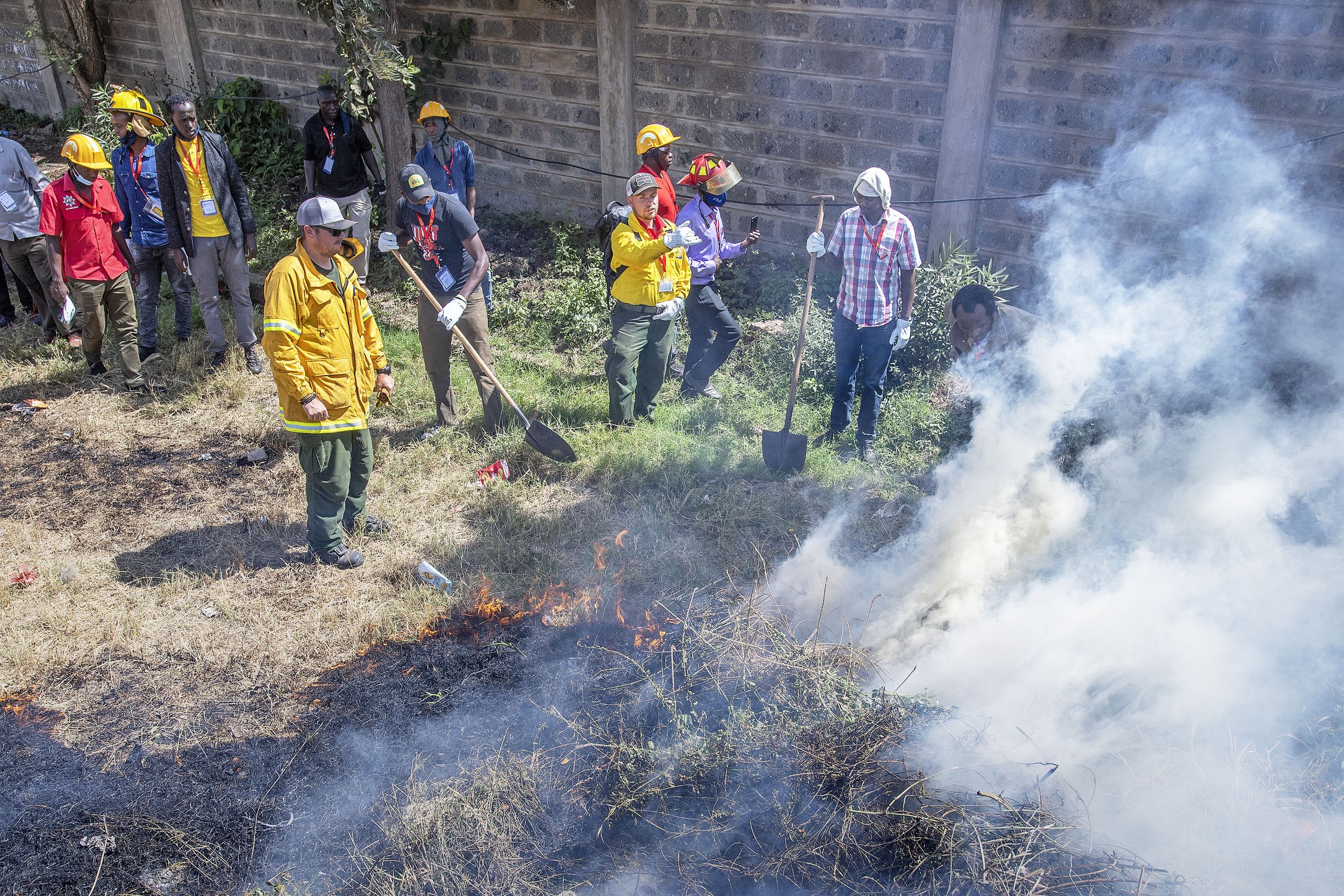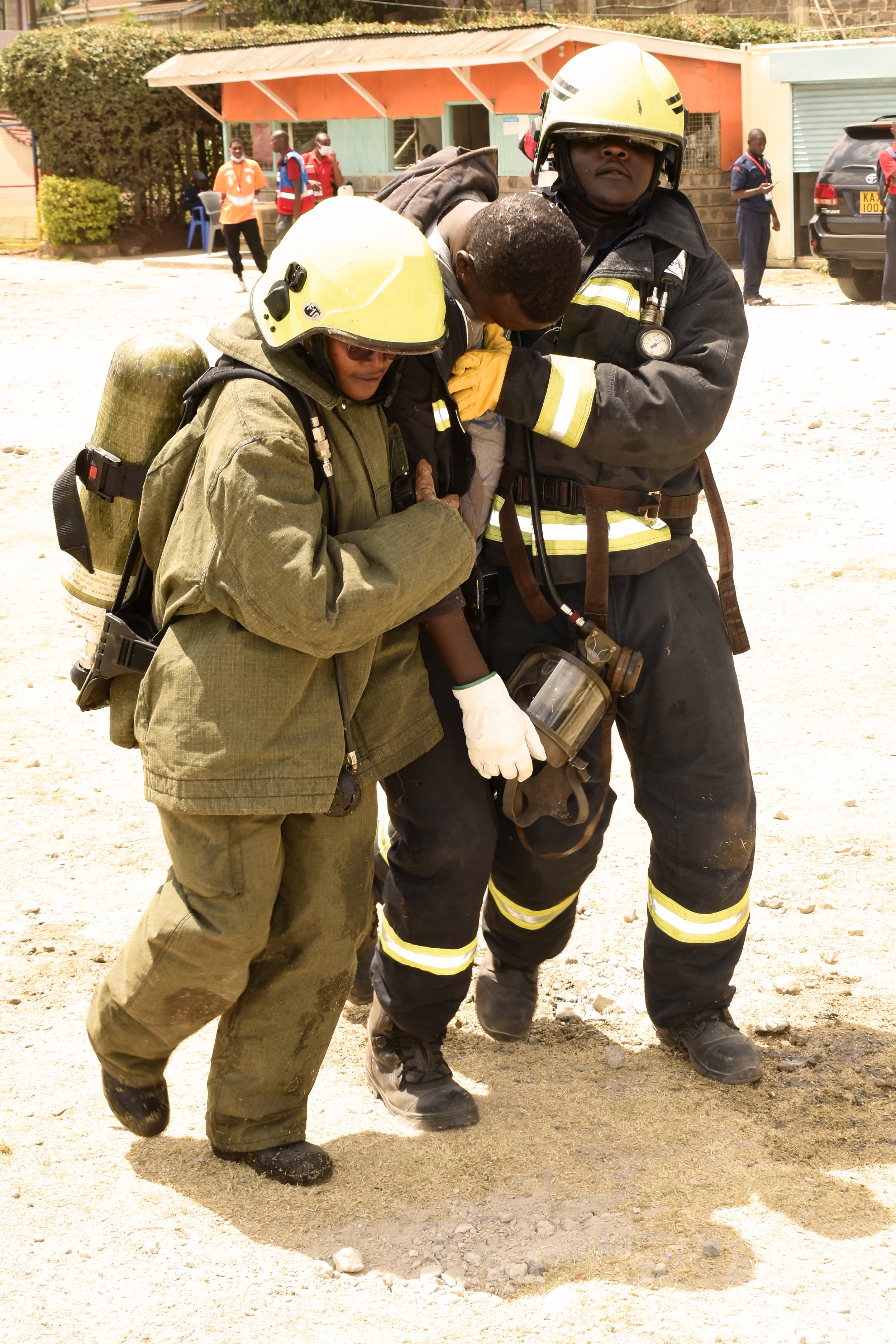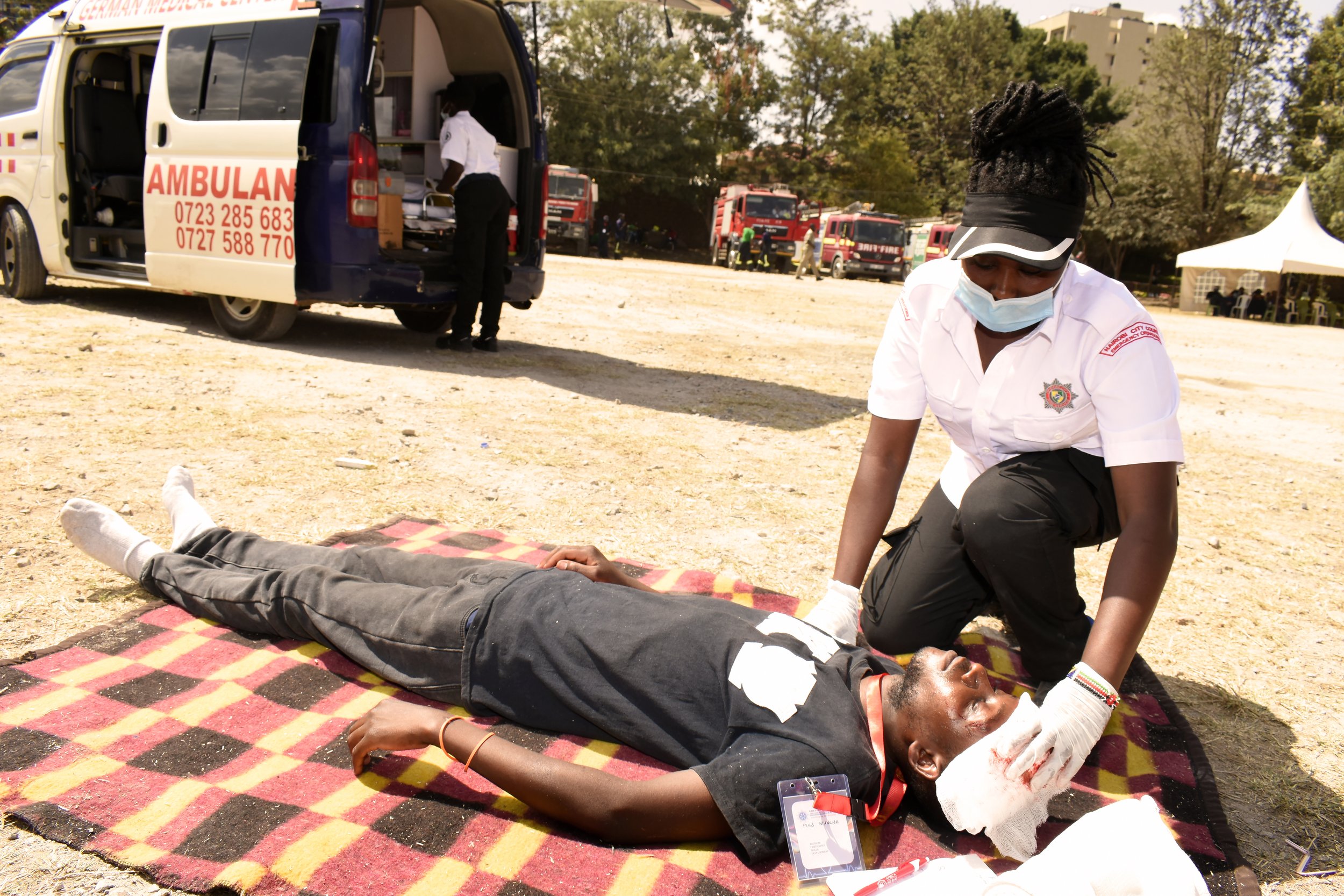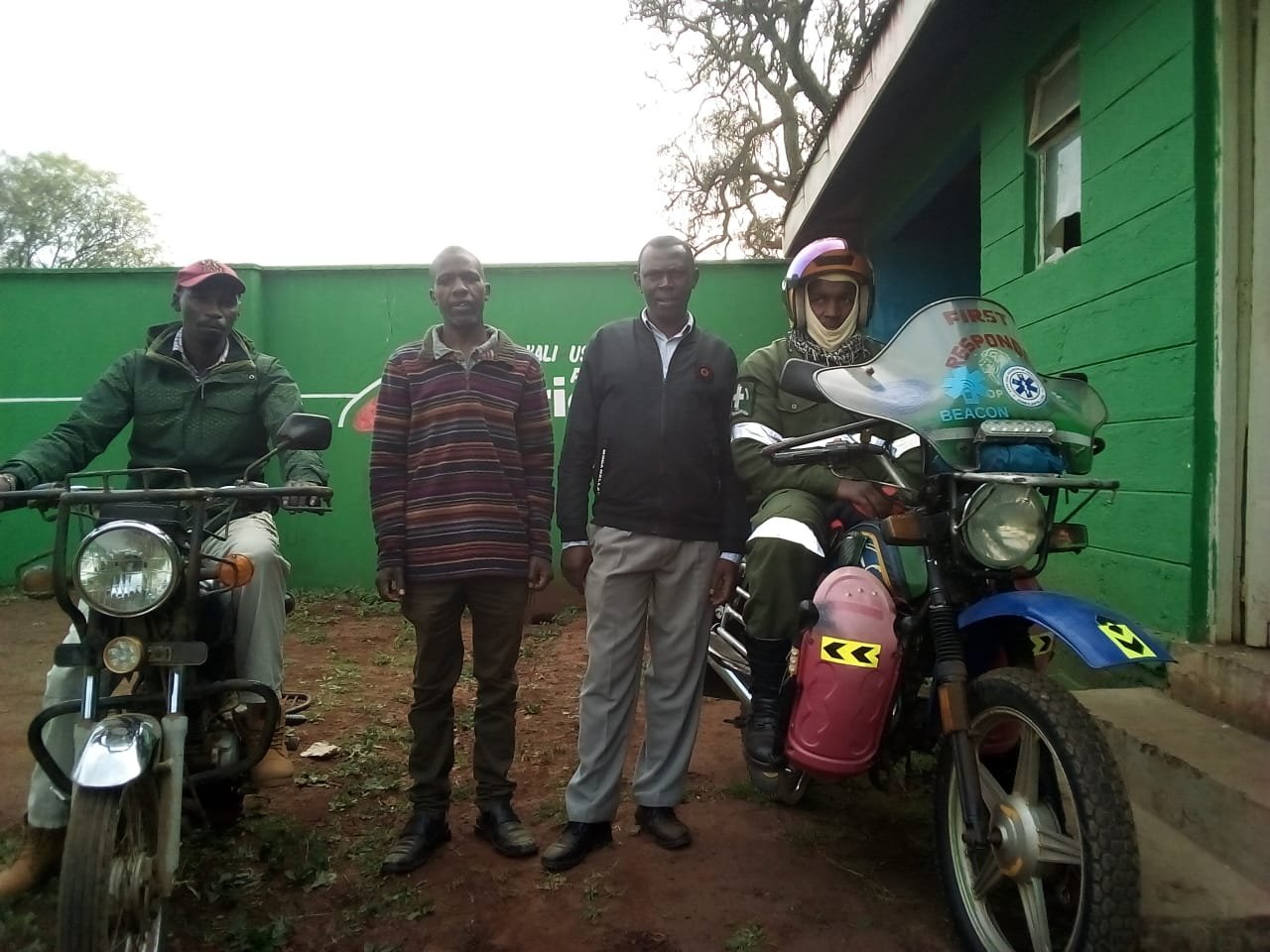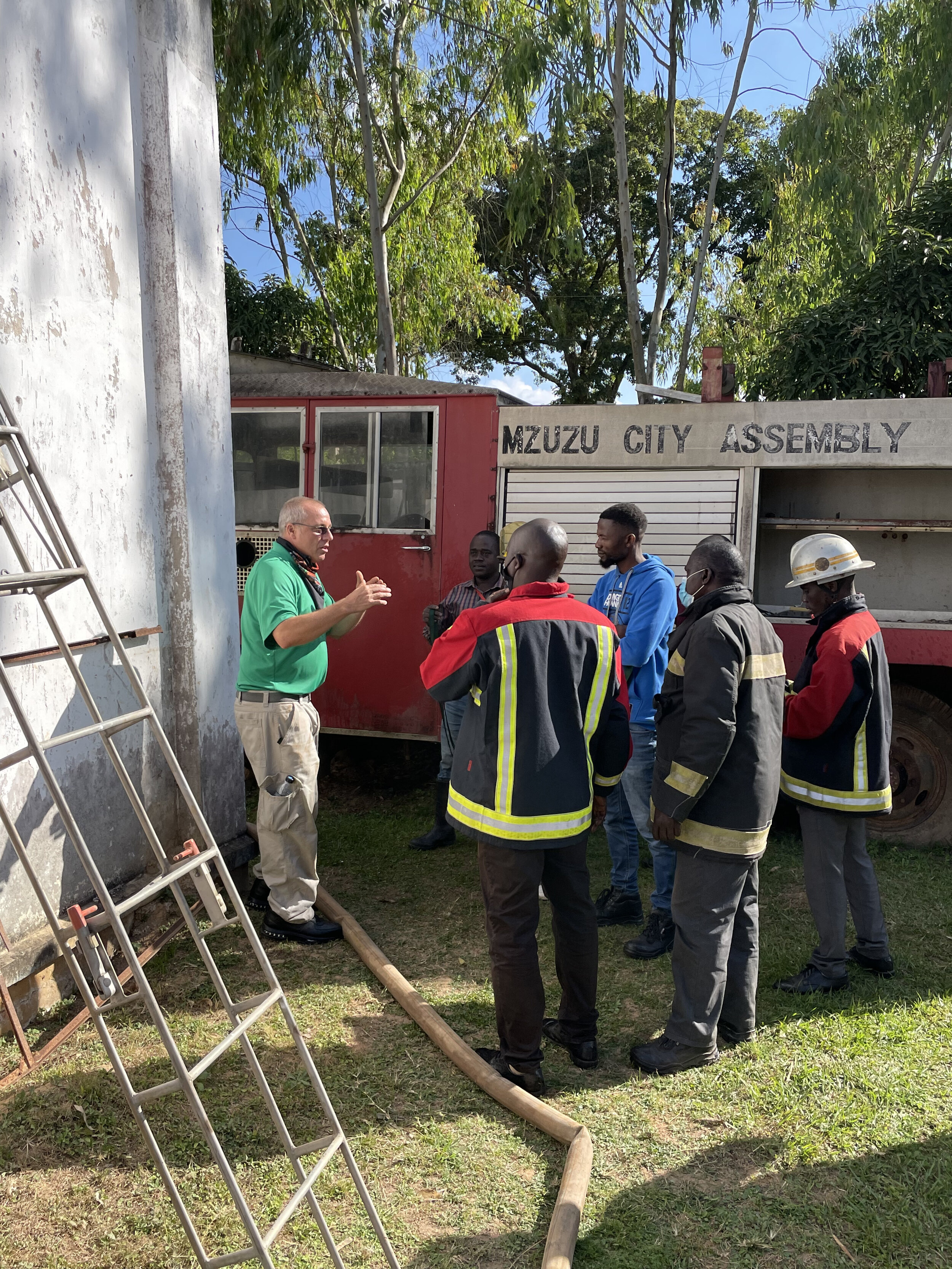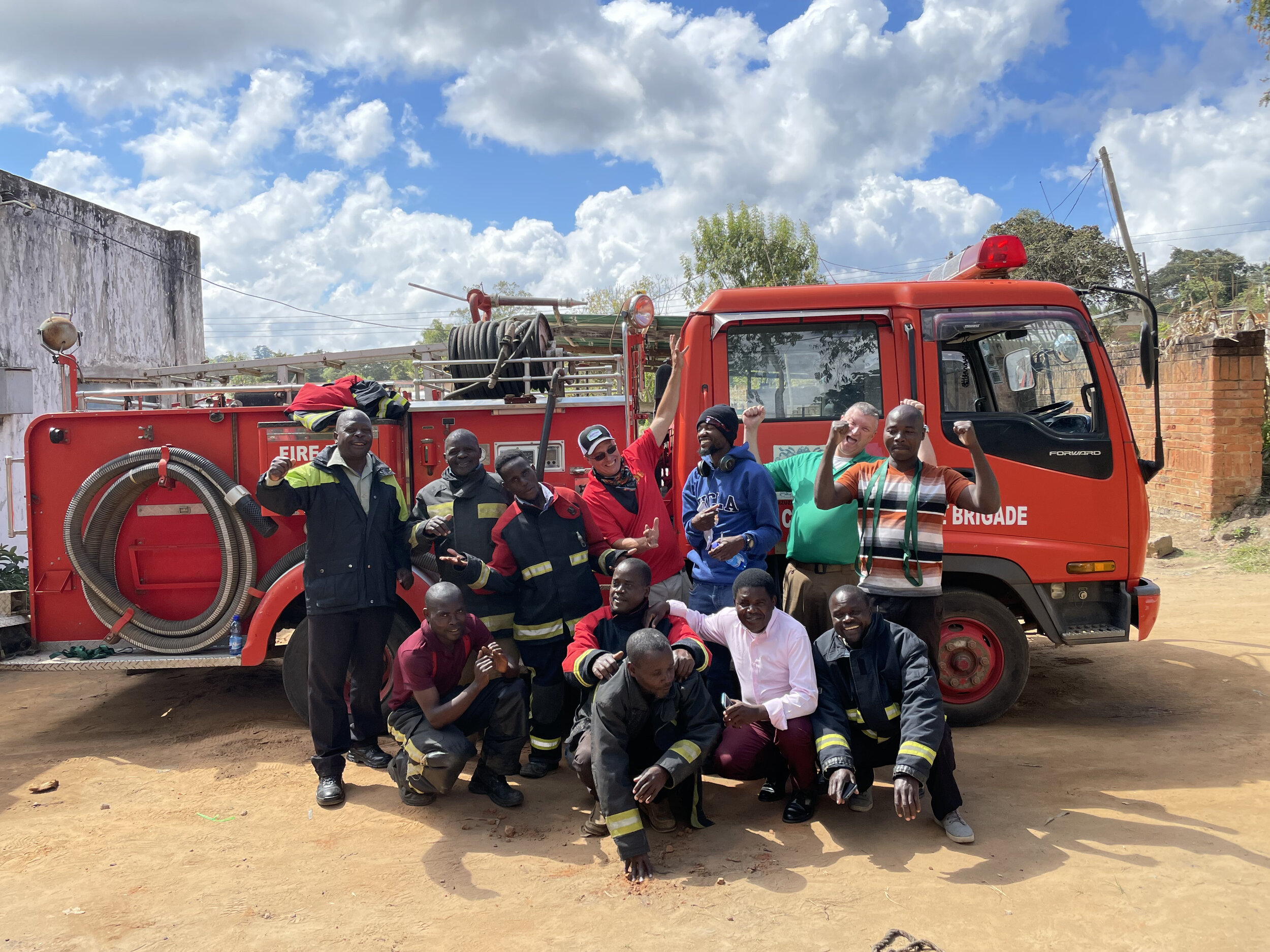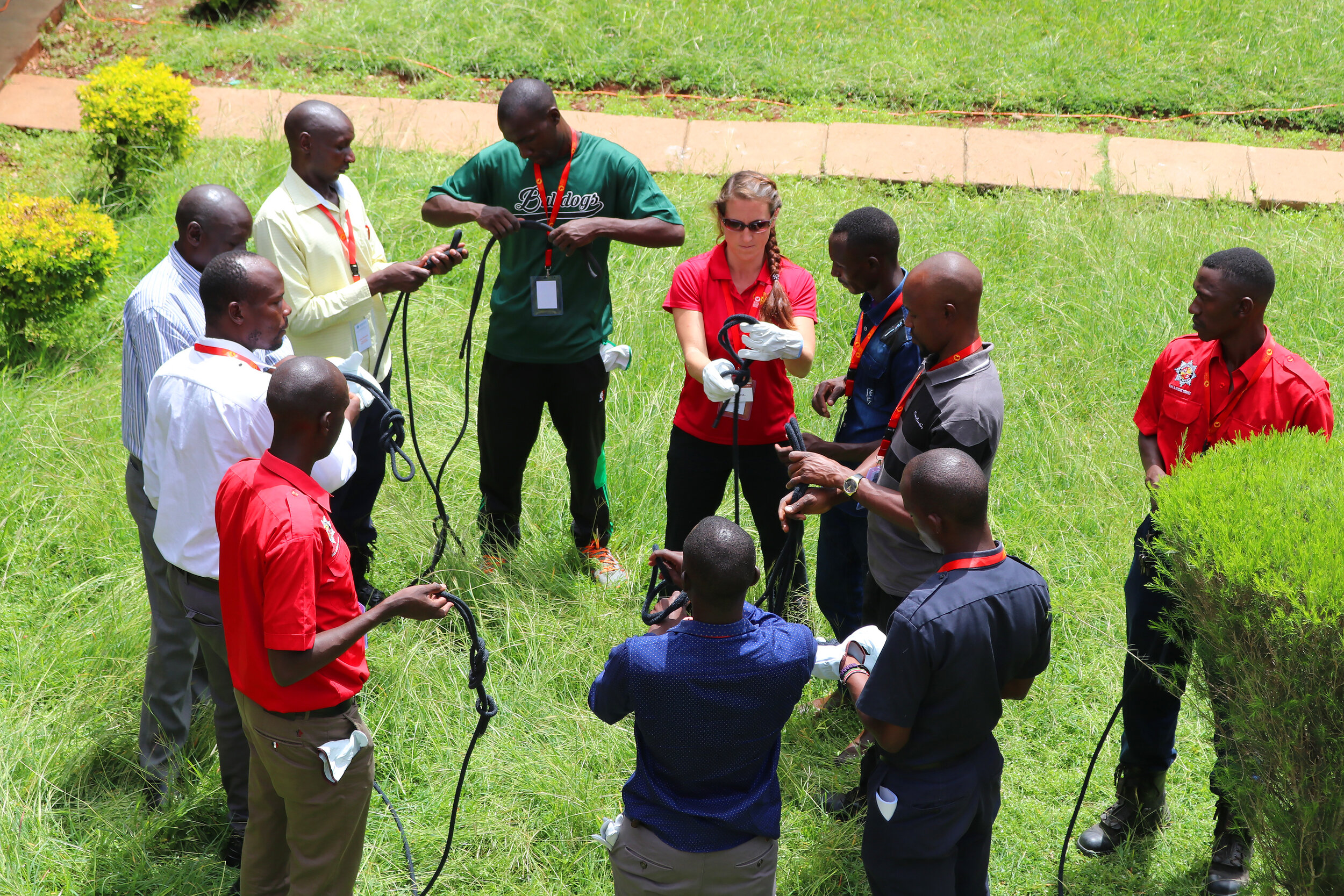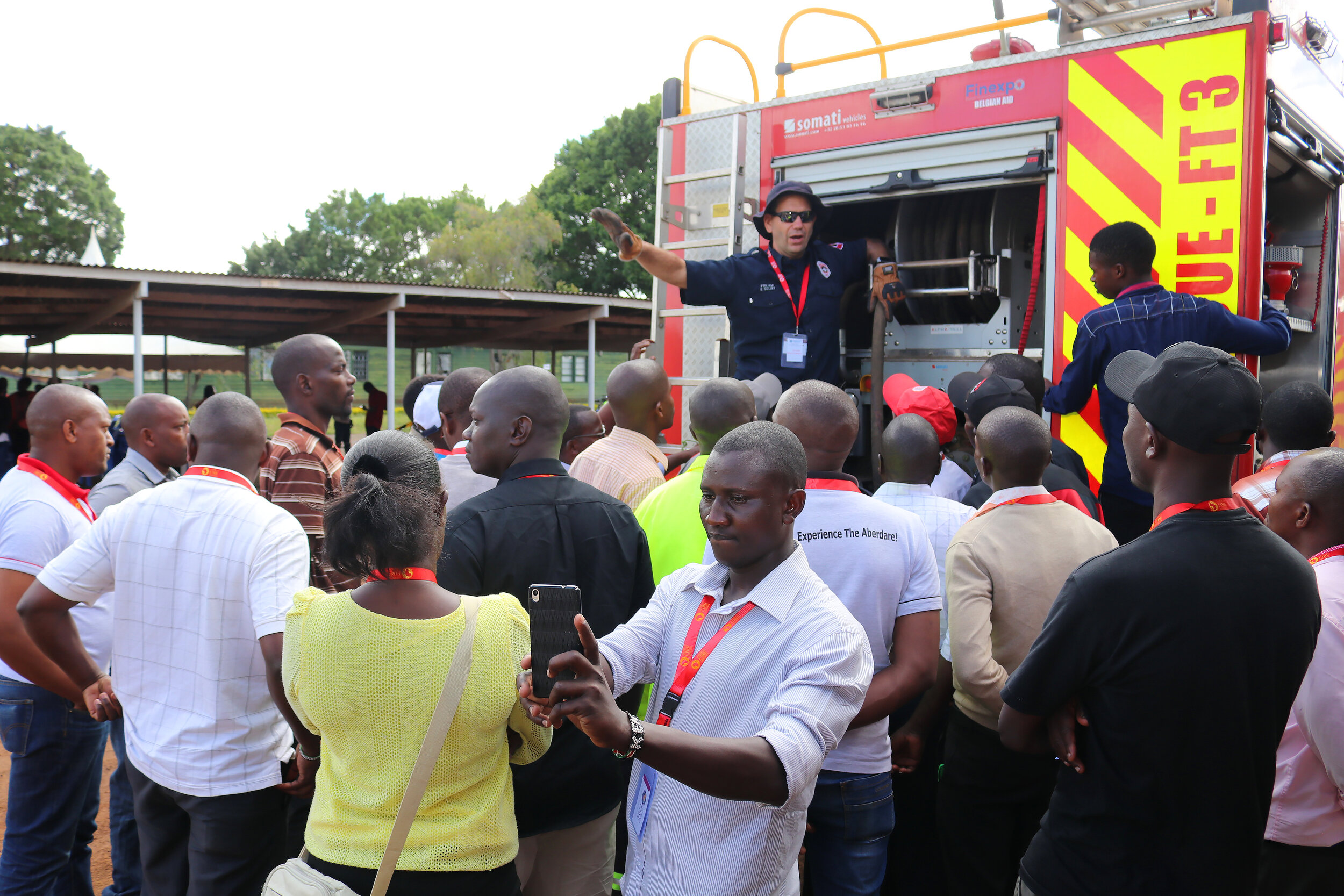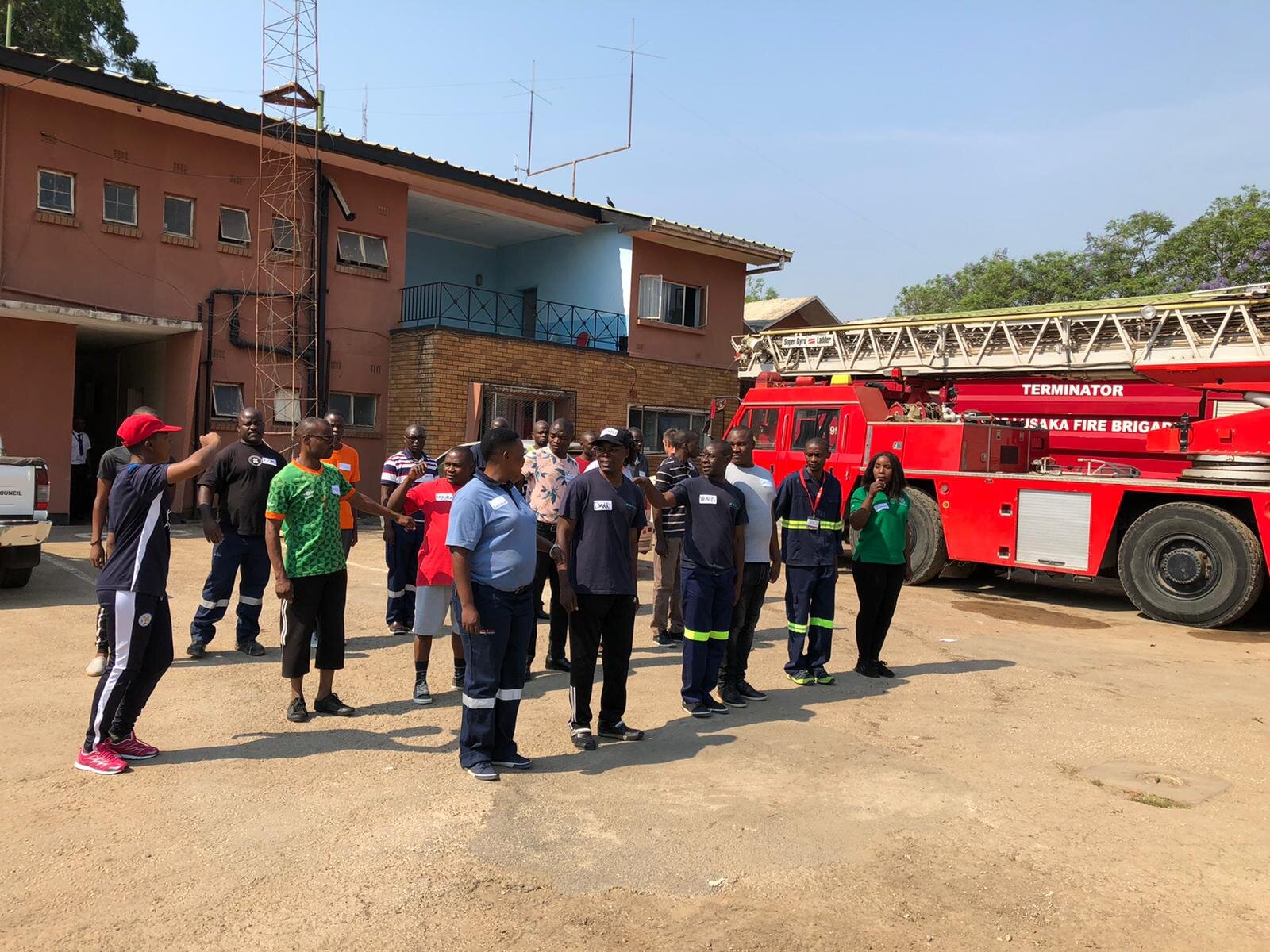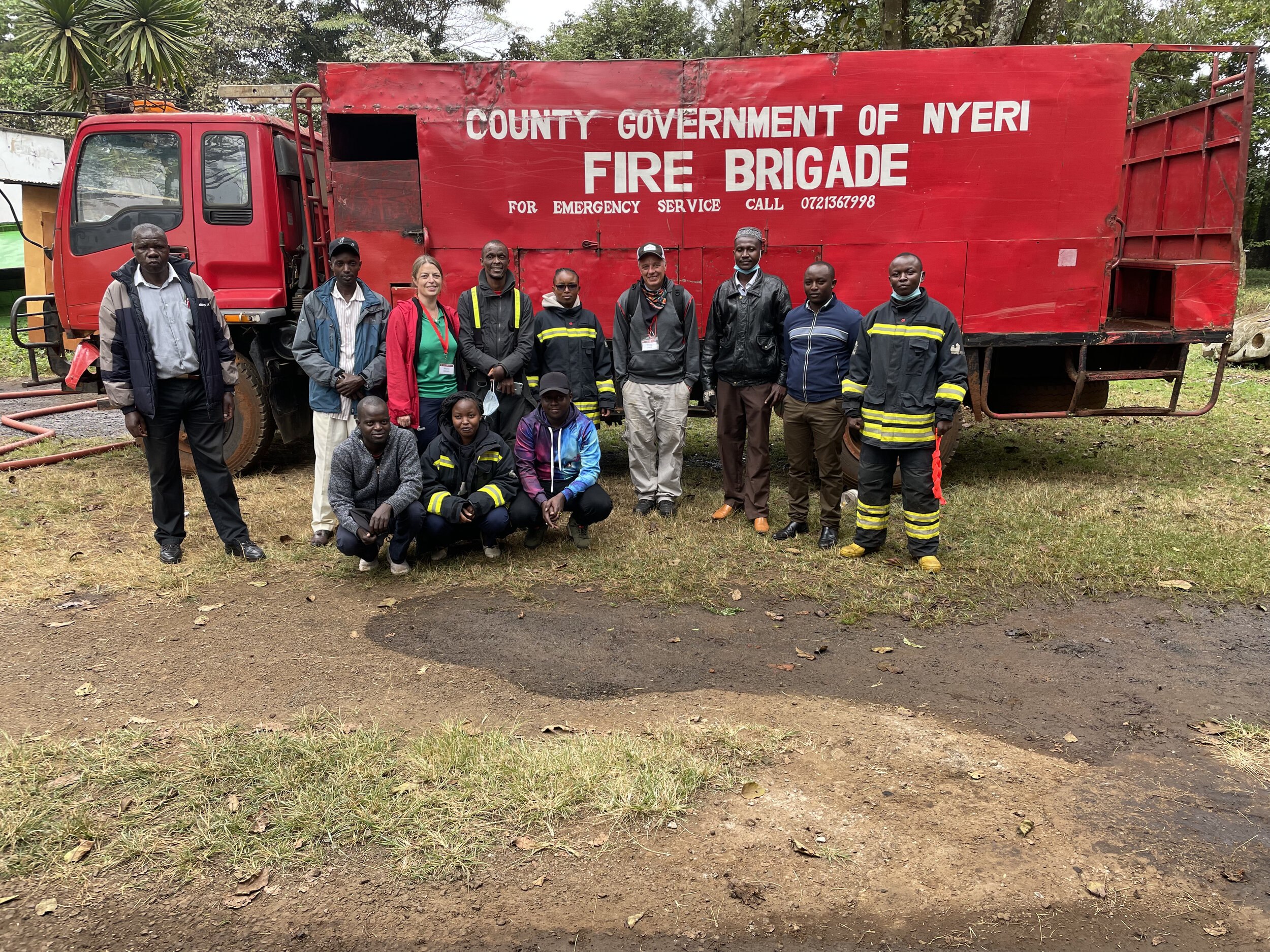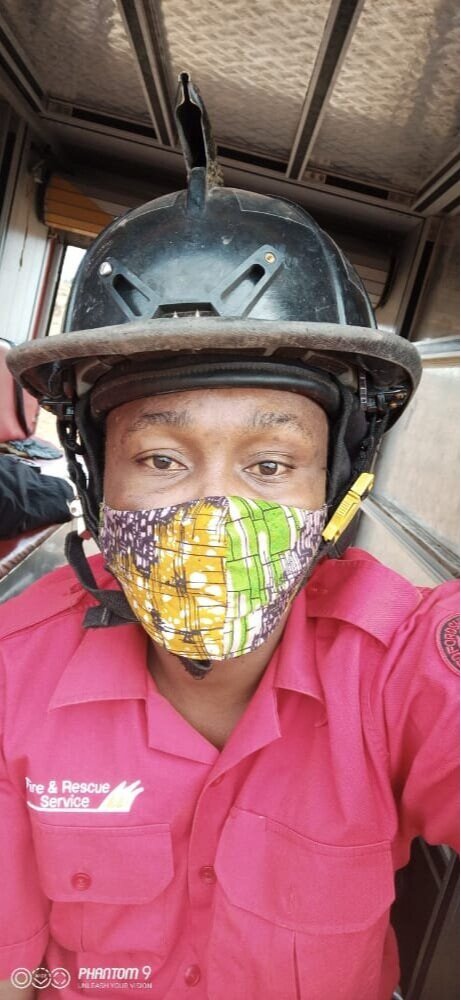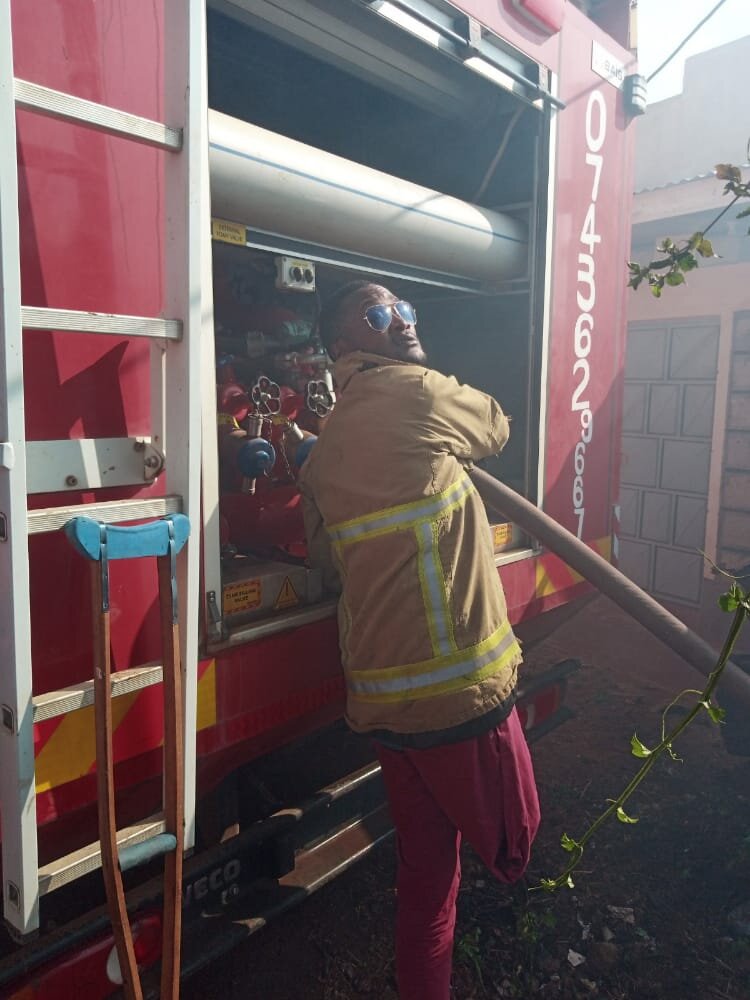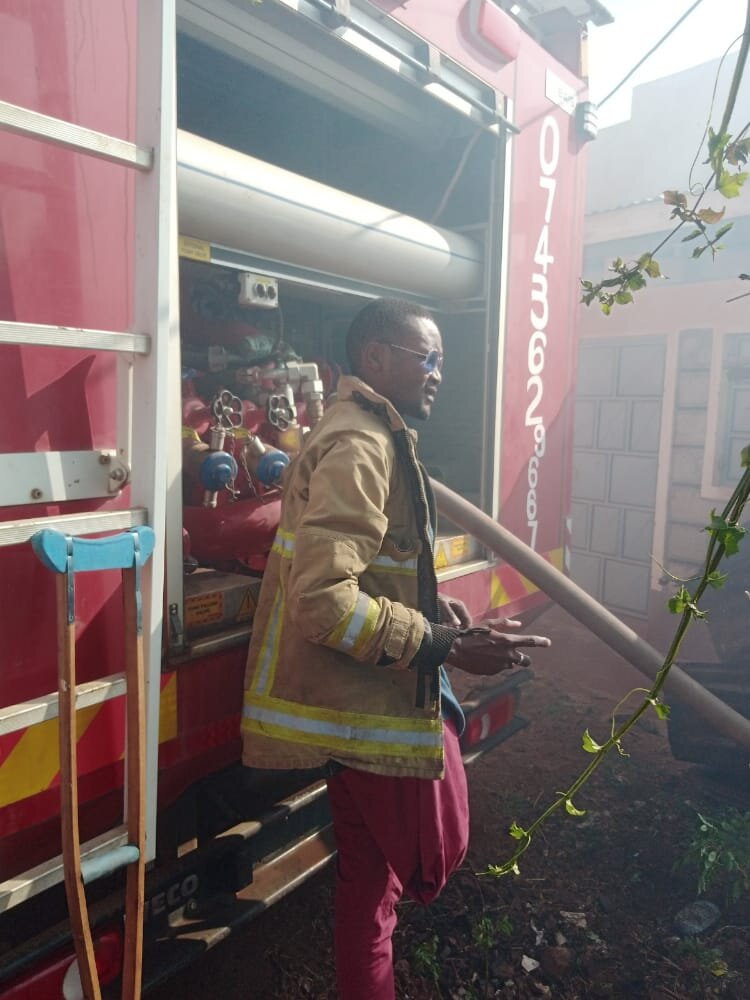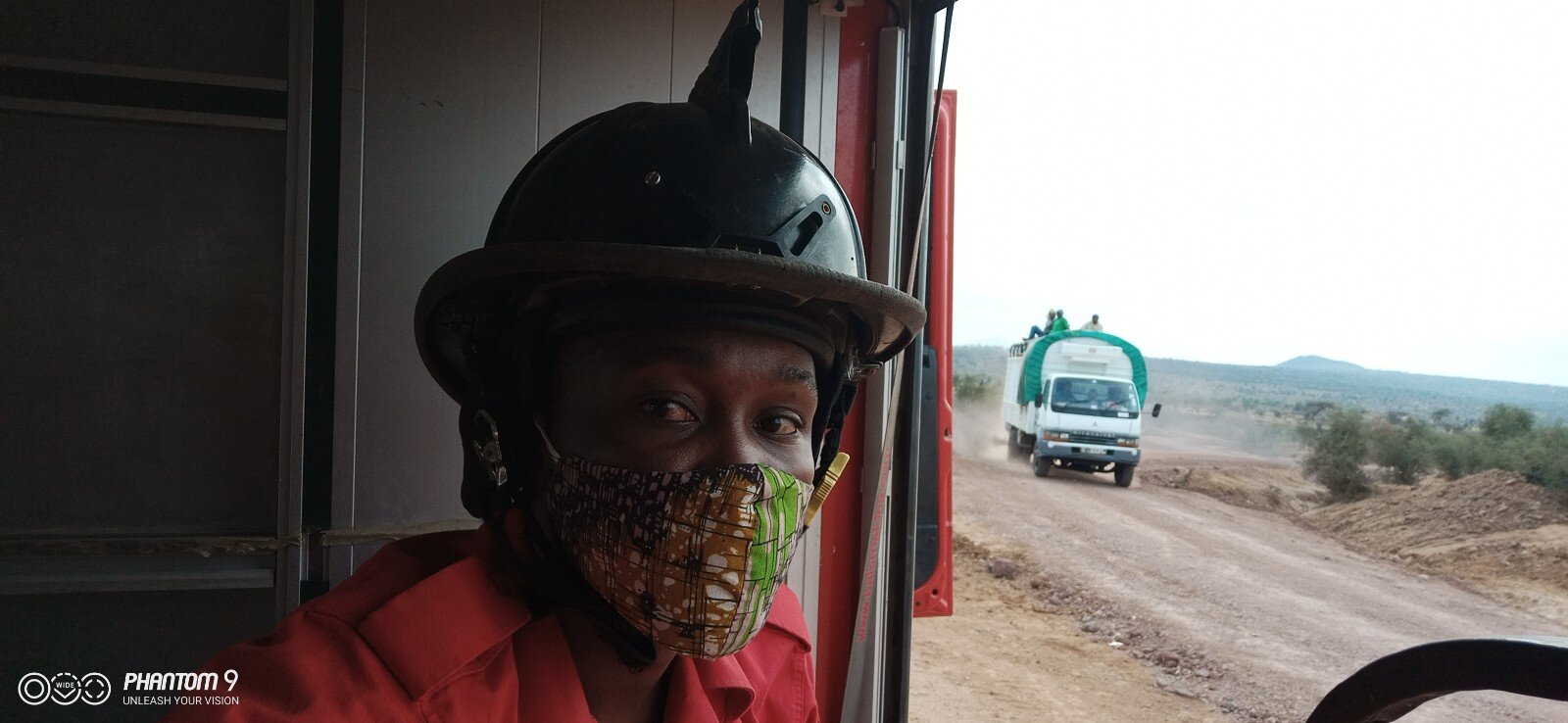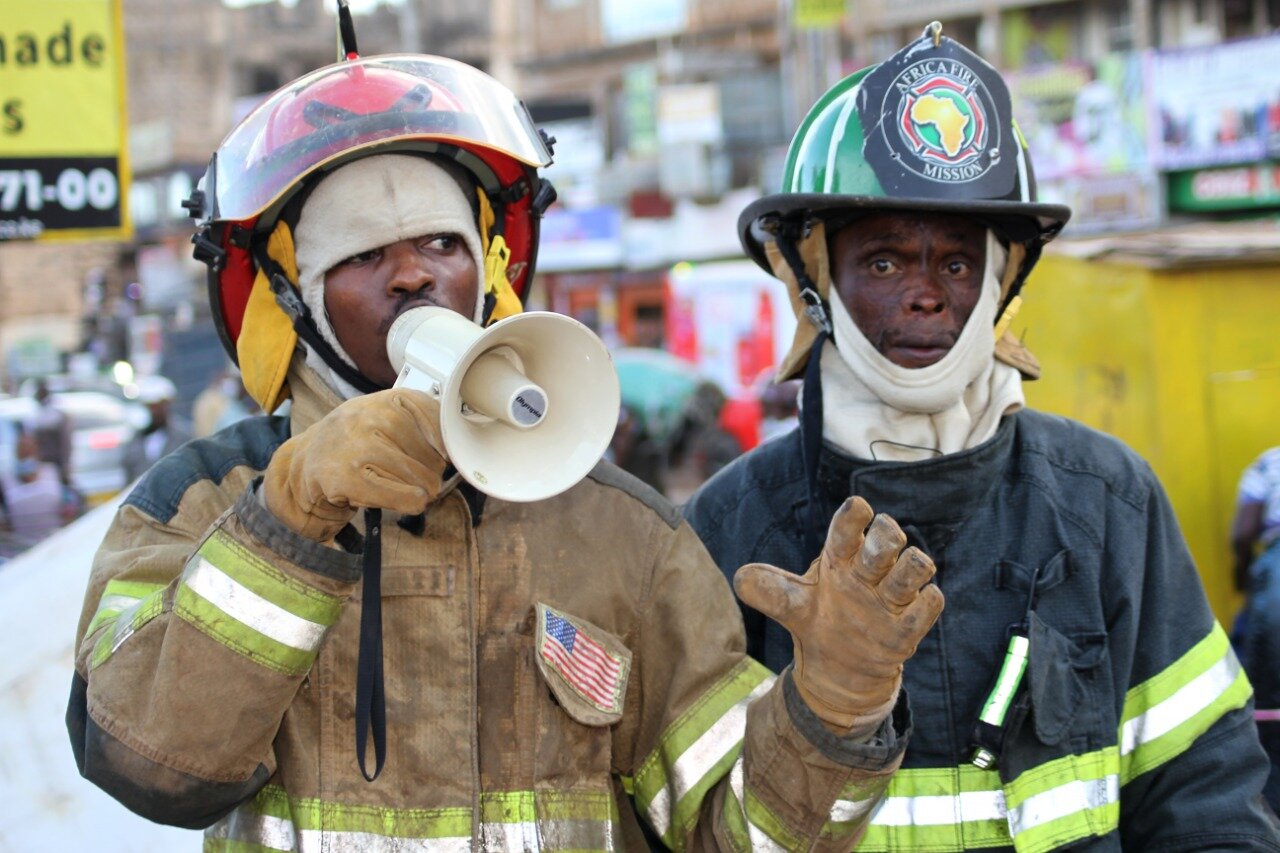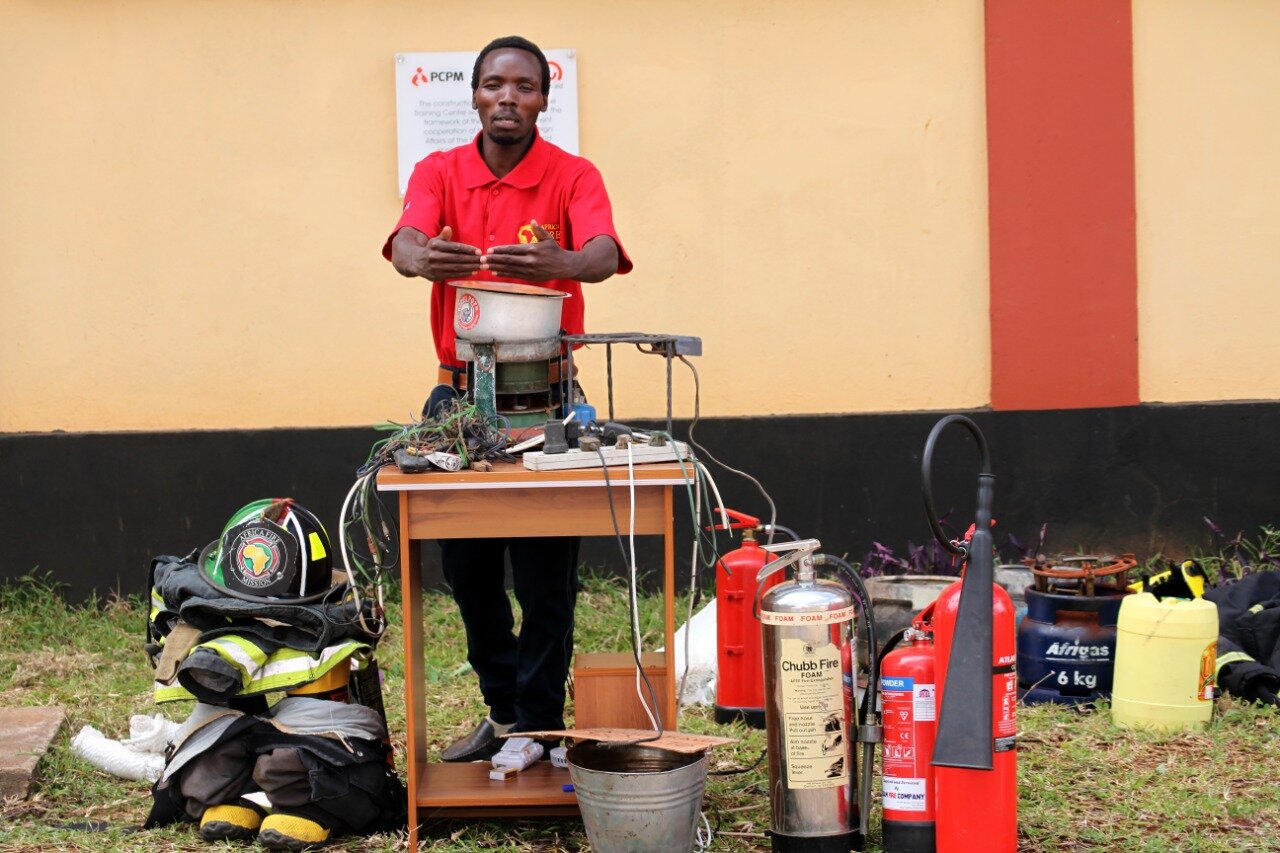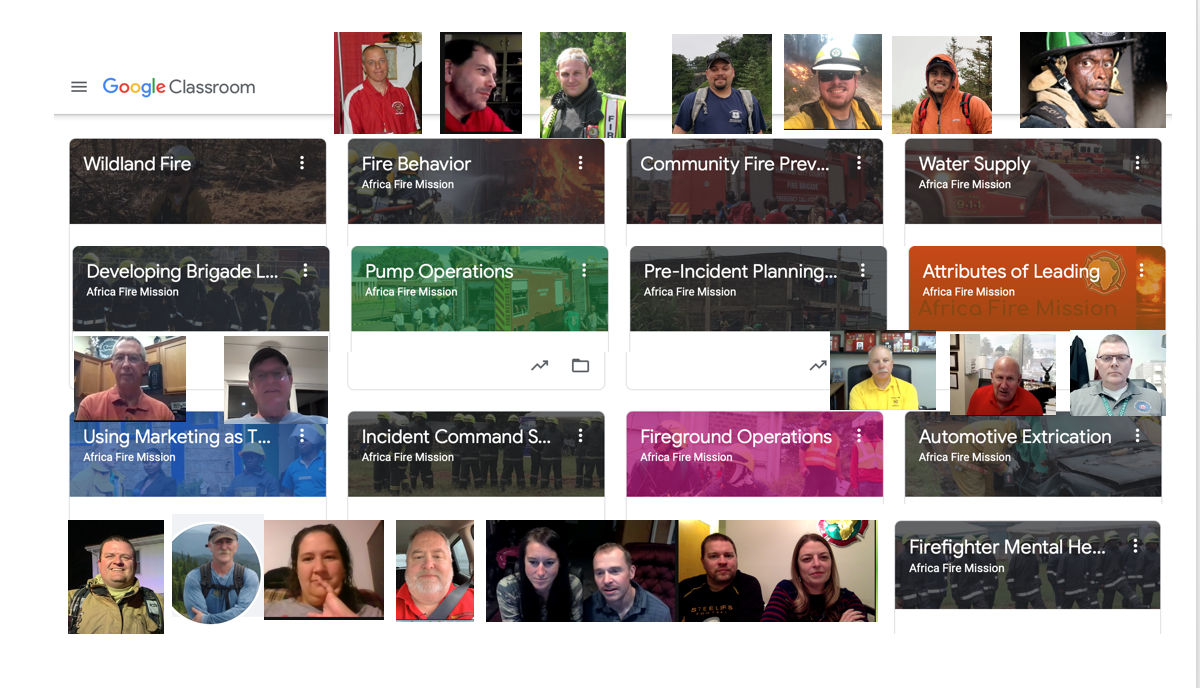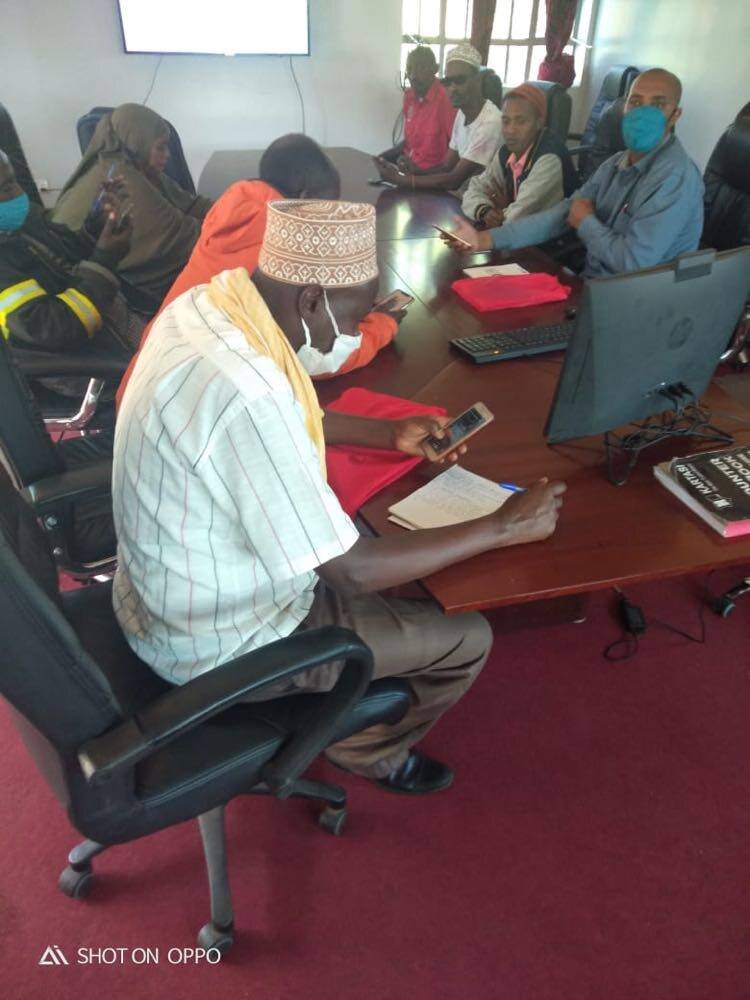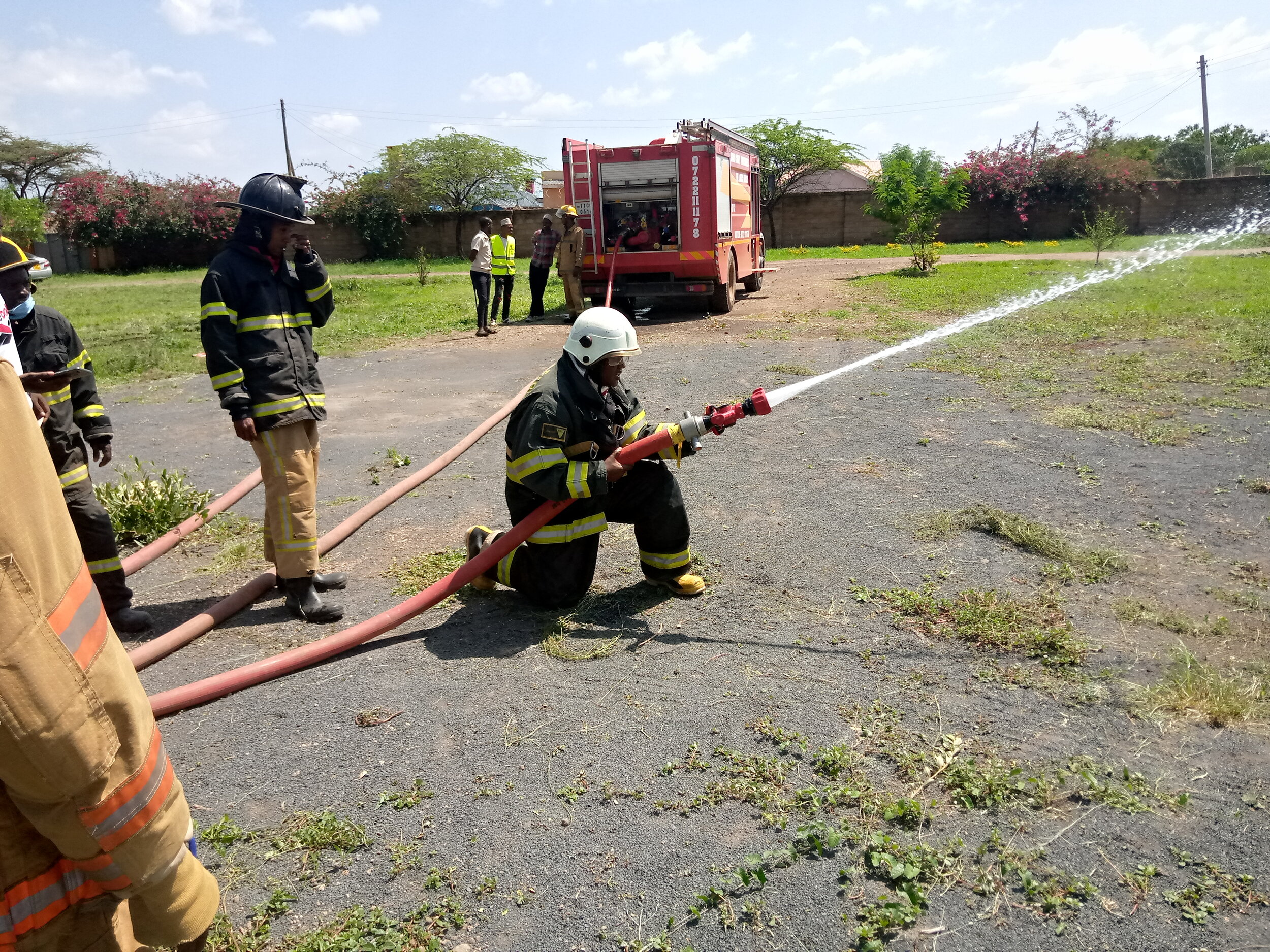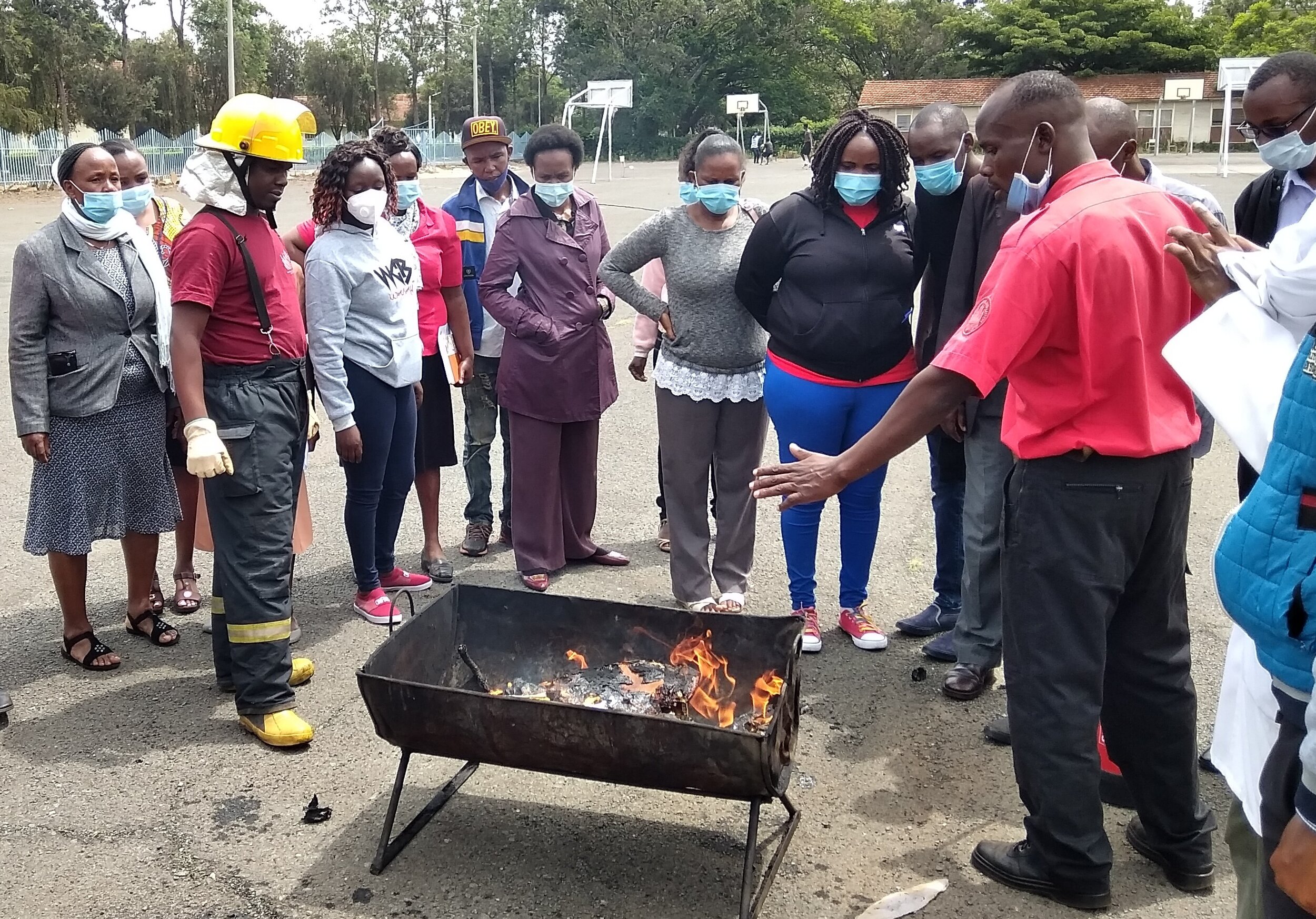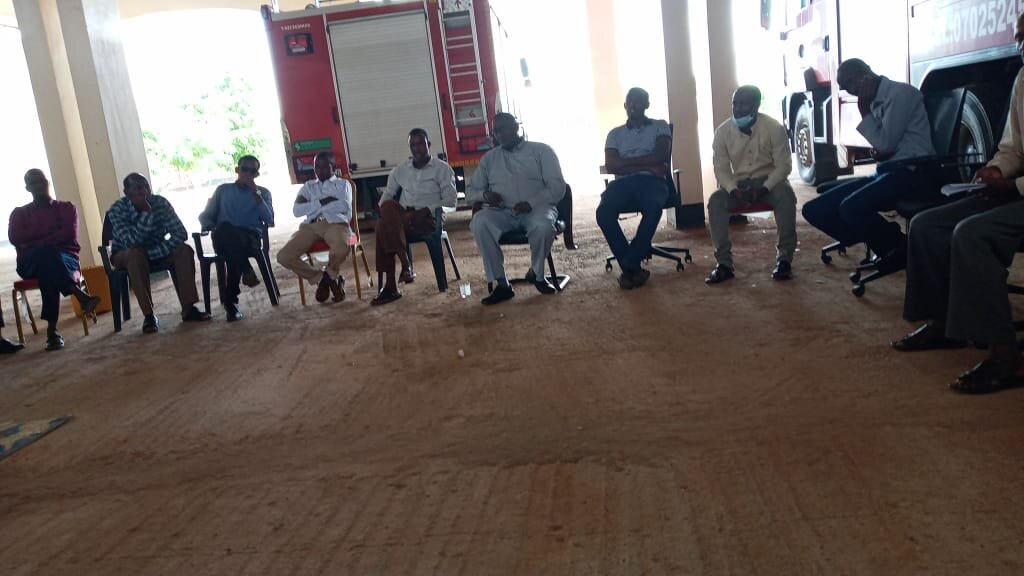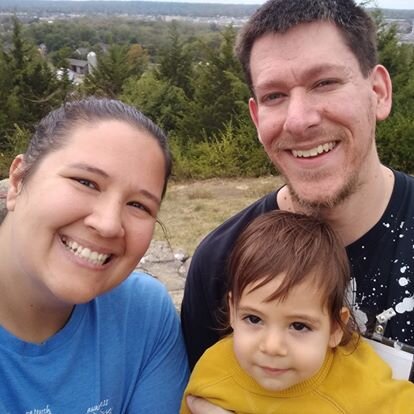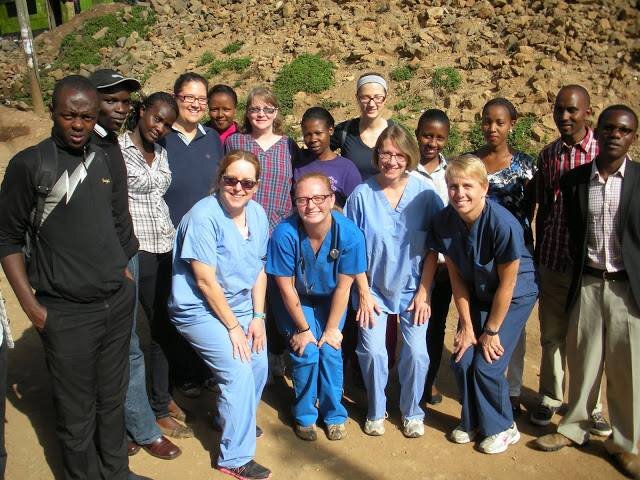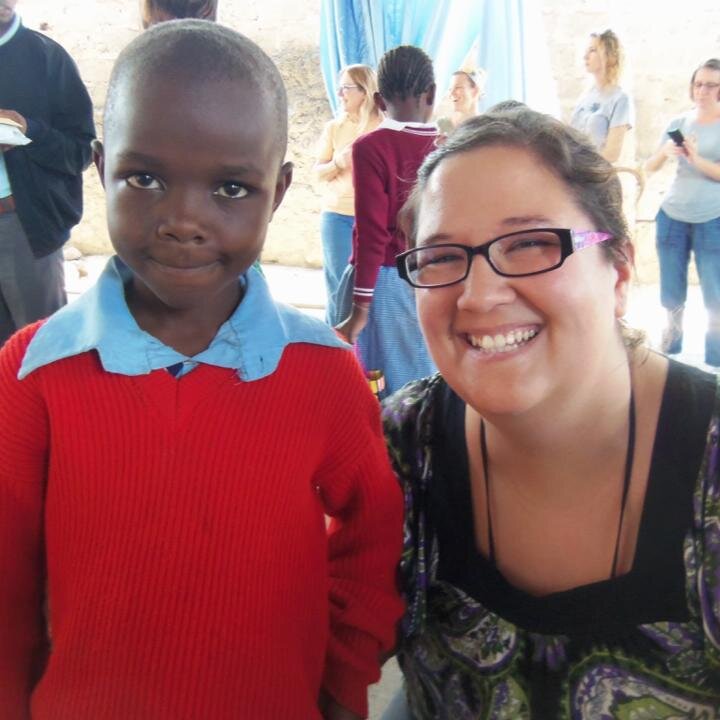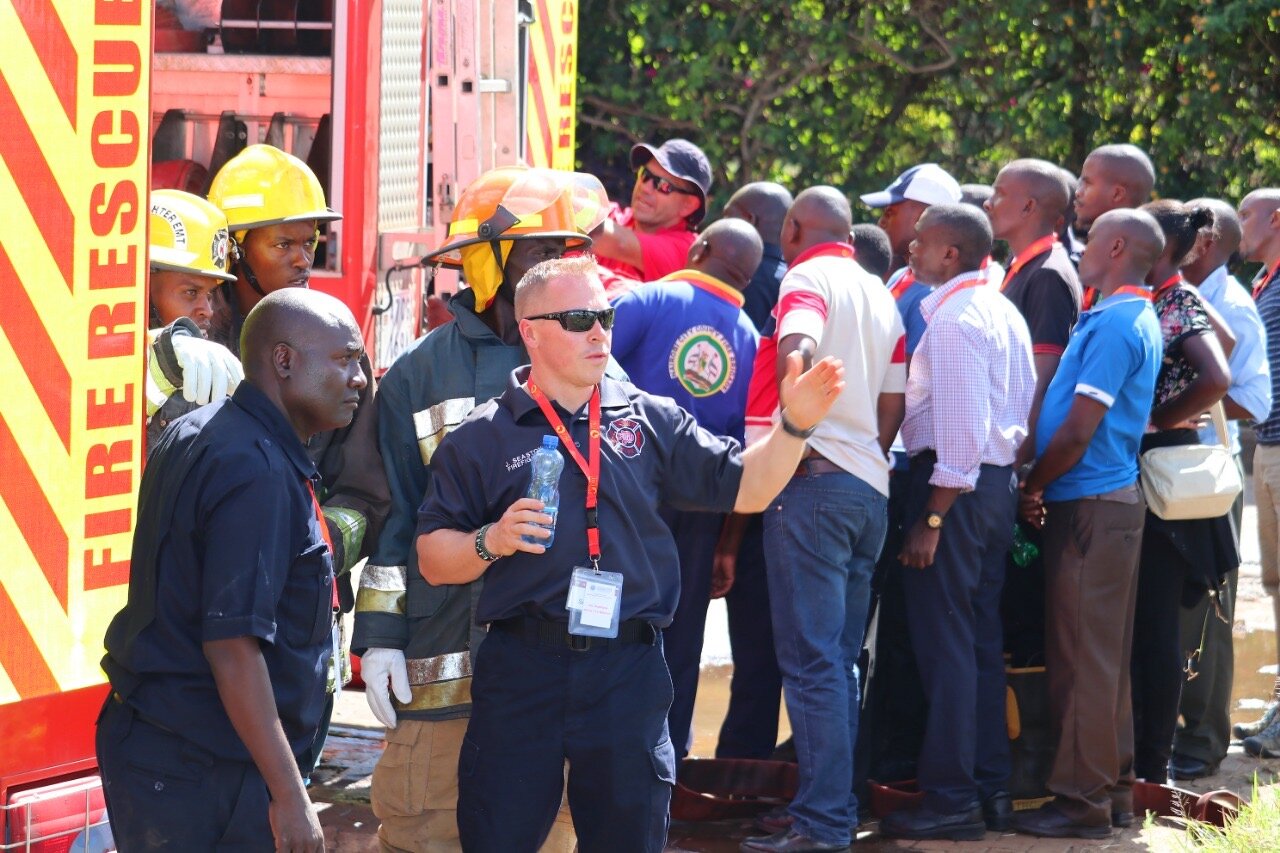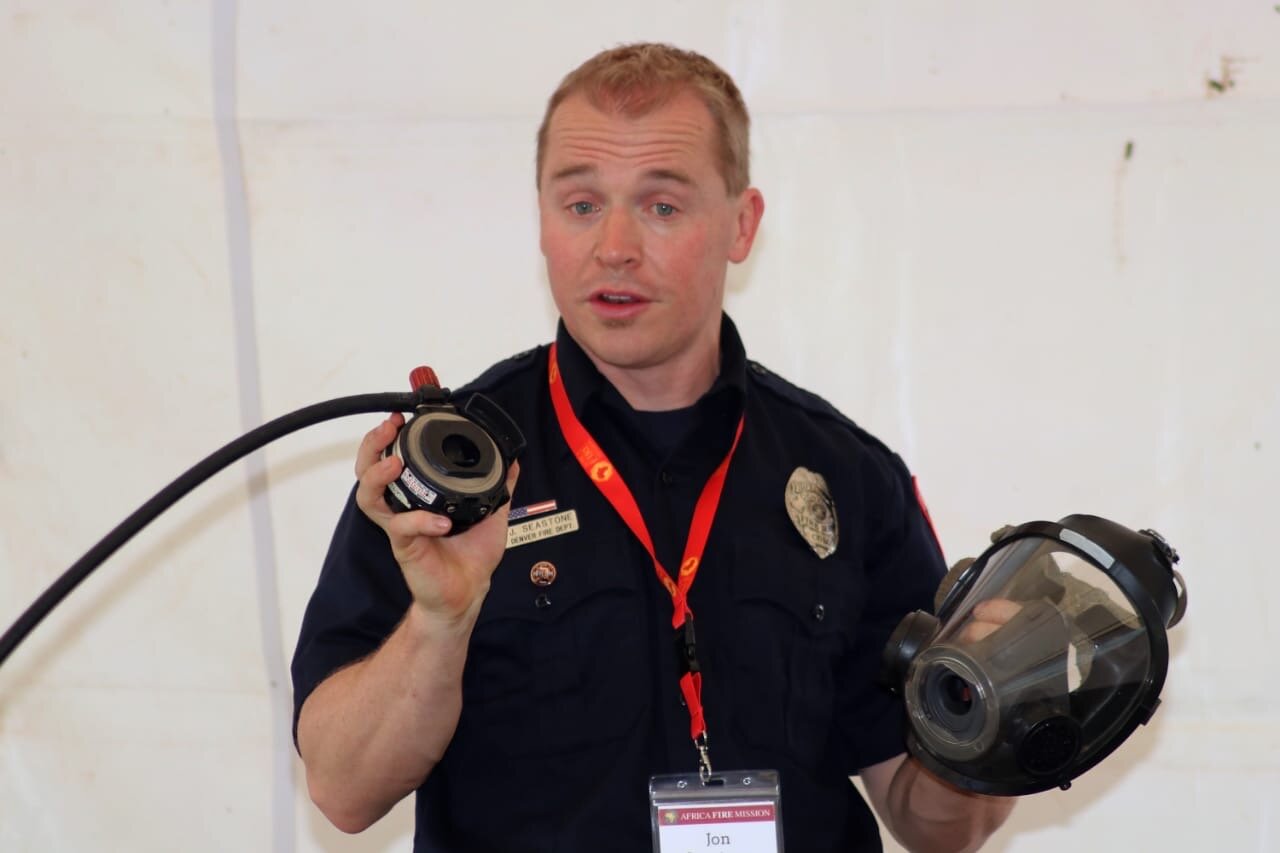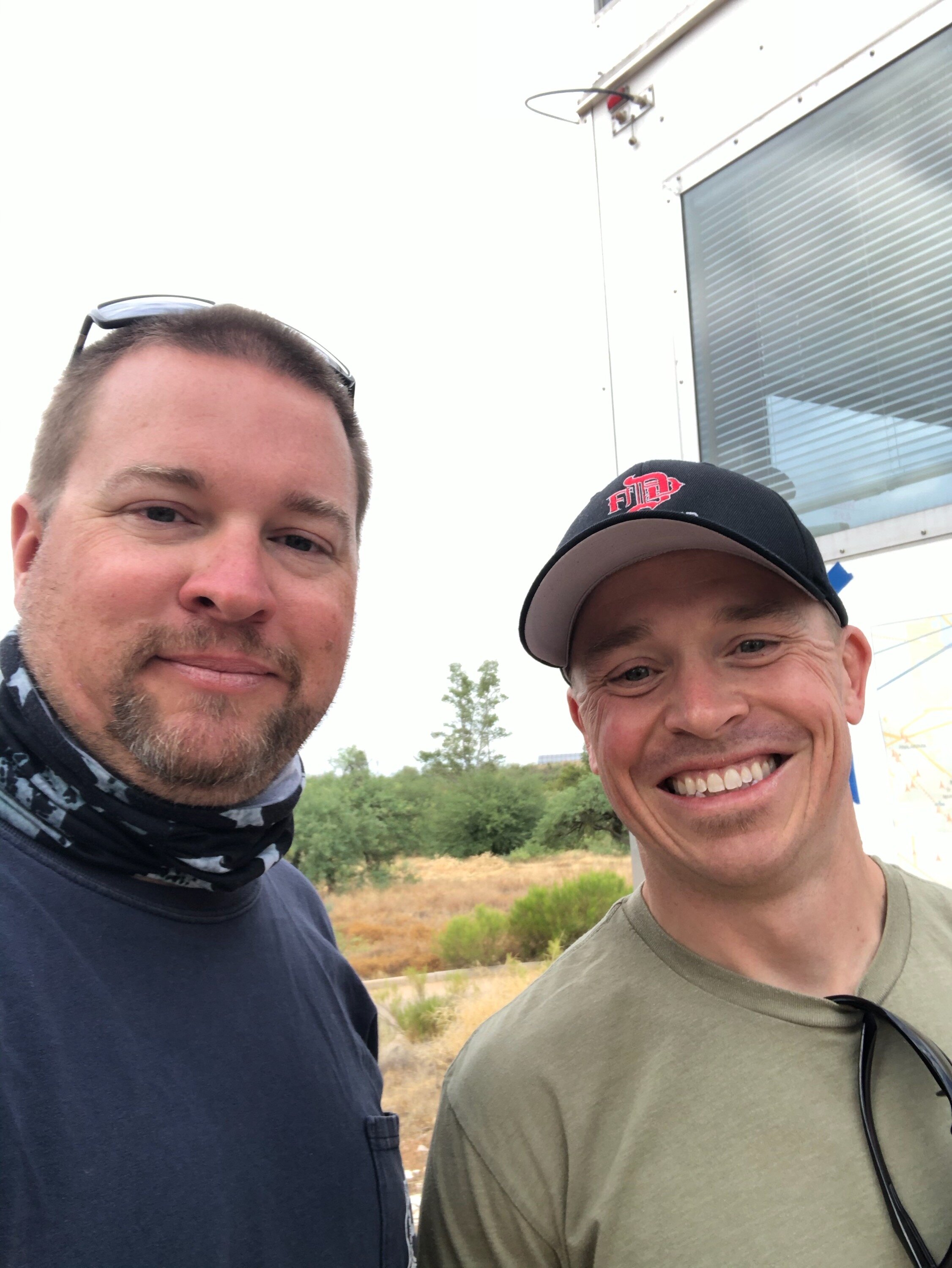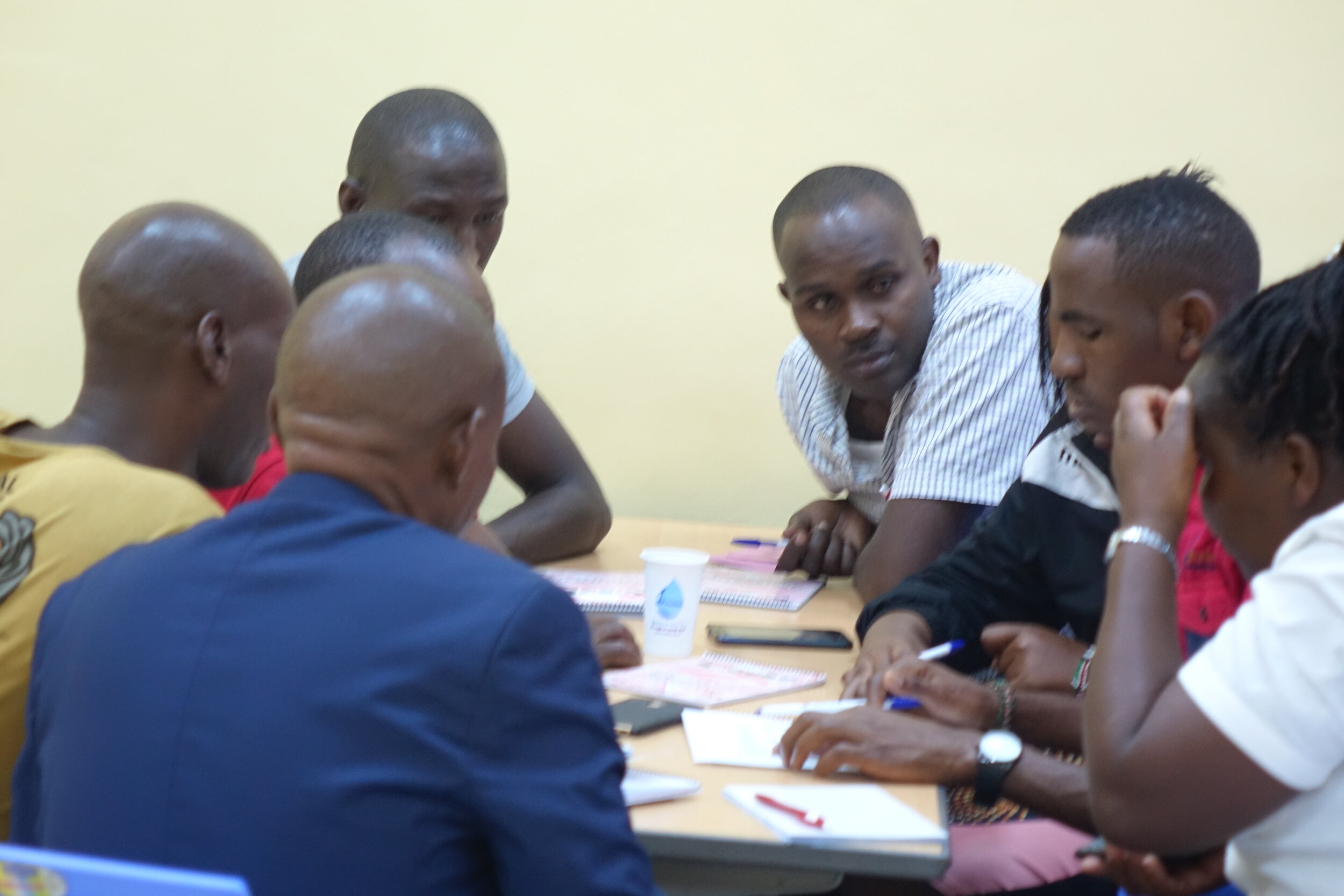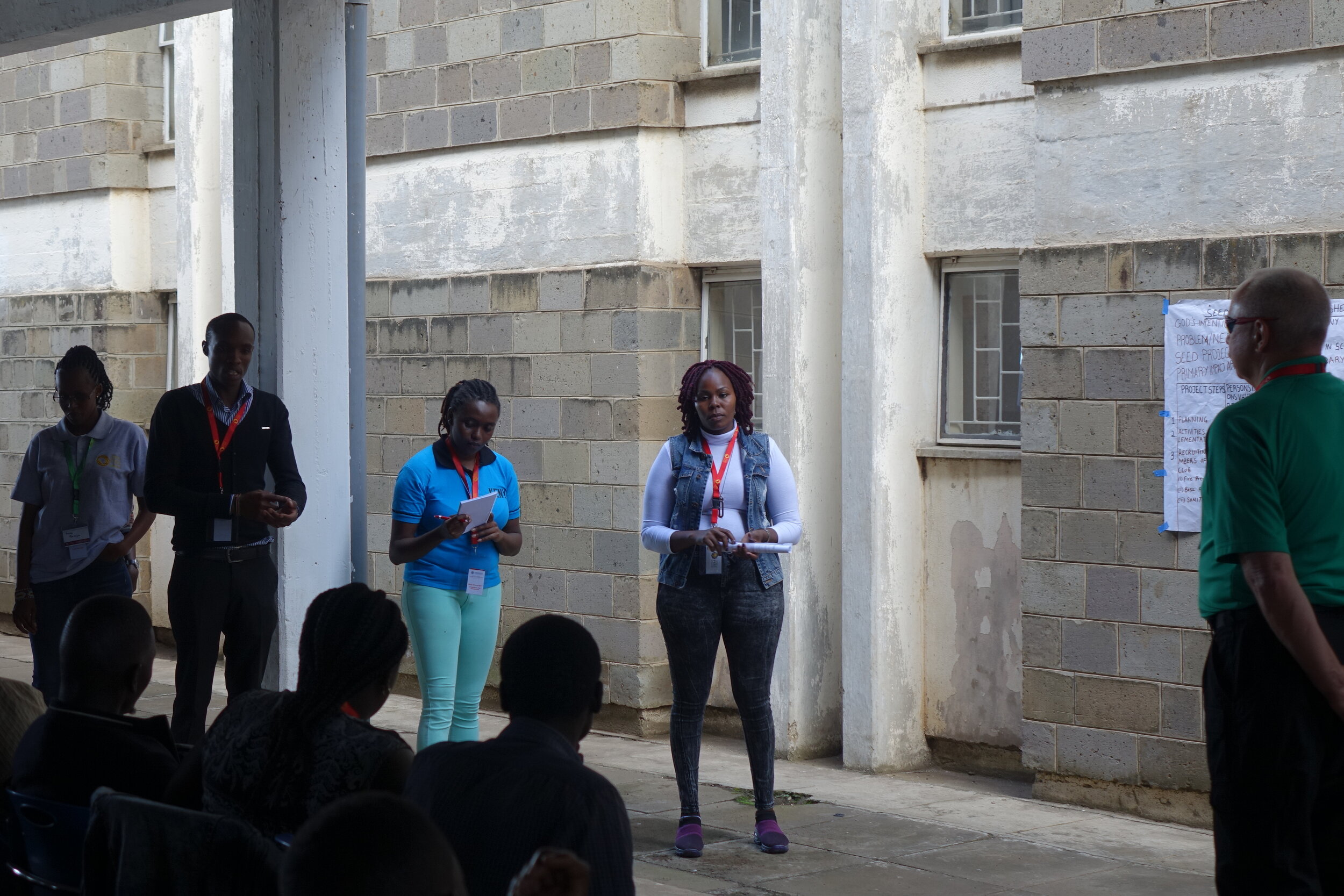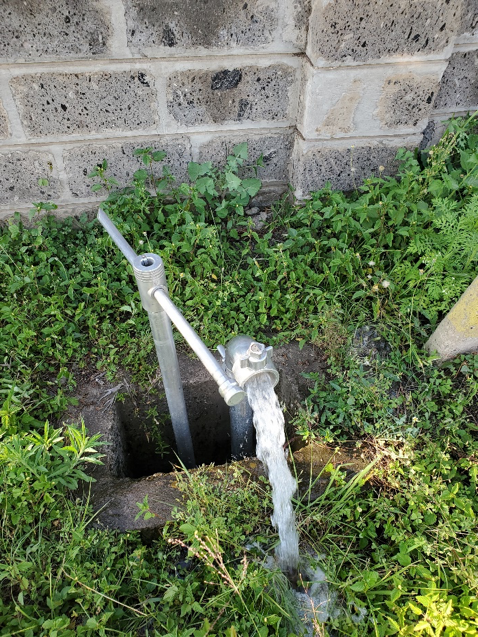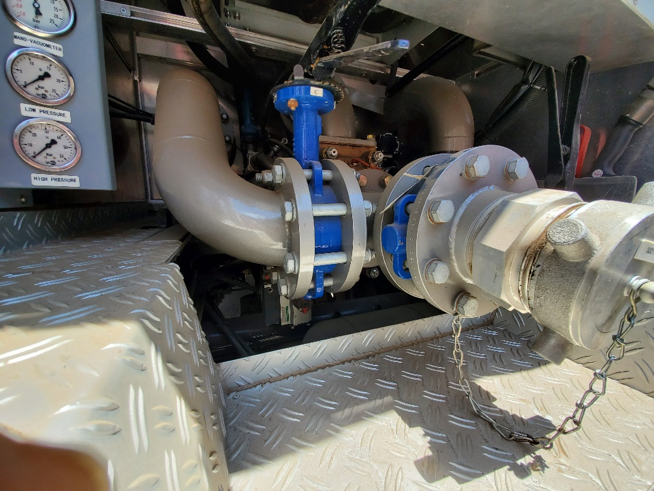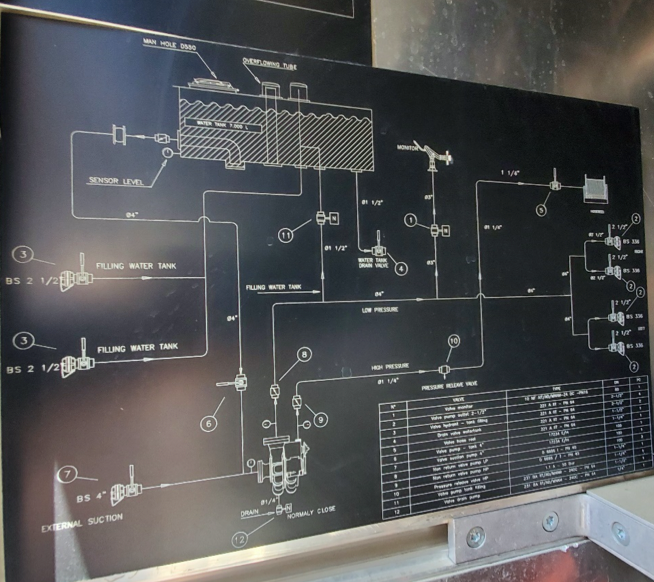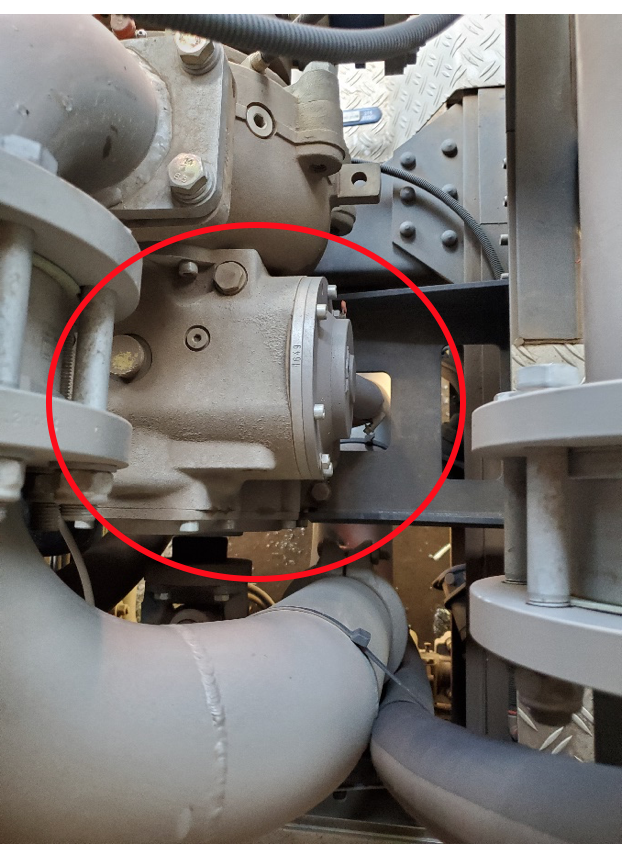October 17, 2023
Africa Fire Mission Receives Major Grant from Motorola Solutions Foundation
Africa Fire Mission (AFM) is a Cincinnati-based non-profit organization with team members of firefighters, chief fire officers and other first responders from across the United States, Canada and Europe. For eleven years, AFM has provided fire training and equipment in various parts of Africa. AFM has announced they have received a $25,000 grant from the Motorola Solutions Foundation, the charitable arm of Motorola Foundation, to help continue its training programs and to provide a national Fire and EMS Training Symposium and Competition in Kenya in November 2023.
This grant will support hands-on Fire Training and distribution of firefighter personal protective equipment (PPE). In November, a team of thirty-five firefighters, EMT’s paramedics and other professionals from the United States will train over 500 Kenyan firefighters and EMT’s at the Jomo-Kenyatta International Airport in Nairobi, Kenya.
AFM’s training team members volunteer their time and pay their own expenses to travel to Africa to teach their fellow firefighters the latest techniques in firefighting, rescue and emergency medical services.
“Africa Fire Mission is grateful to Motorola Solutions Foundations for its continued support of our programs through this grant. It is because of dedicated volunteers and partners like Motorola Solutions Foundation that we are able to continue to impact communities and support firefighters in Africa as they strive to save lives and property” says Nancy Moore, Executive Director for Africa Fire Mission.
The Motorola Solutions Foundation, which has donated $100 million over the past 10 years, focuses its giving on three key areas: First responder programming, technology and engineering education, and programs that blend the two. The Foundation has a long-standing commitment to supporting programs that benefit underrepresented populations and aims to partner with organizations that align to its values of accountability, innovation, impact, diversity and inclusion.
"The Motorola Solutions Foundation is honored to partner with organizations like Africa Fire Mission that are actively driving positive change within the community," said Karem Pérez, vice president of Diversity, Equity and Inclusion and executive director of the Motorola Solutions Foundation. "We are immensely proud of the work that Africa Fire Mission is doing, and we look forward to seeing their continued impact."
For additional information on the Motorola Solutions Foundation grants program, visit: motorolasolutions.com/foundation-grant-partner.
For additional information regarding Africa Fire Mission visit: www.africafiremission.org - Contact Nancy Moore at 513-620-4236 or nancy@africafiremission.org
About Africa Fire Mission
Africa Fire Mission is a nonprofit organization committed to increasing the sustainable capacity of Fire Departments in developing communities. We accomplish this through training, empowerment, support and encouragement.
Train – We partner with governments, NGO’s, missionaries, schools and corporations to provide education and training to firefighters and local communities. We use Community Health Education to teach firefighters and community members in Africa to protect themselves from the dangers of fire. We provide fire prevention training and fire safety assessments to schools ensuring the students are able to learn in an environment safe from fires.
Empower – We work to increase the ability of communities in Africa to respond to disasters and provide relief when disasters occur.
Support – We provide personal protective equipment and communication tools to fire services throughout Africa to allow fire departments to operate in a safer and more coordinator manner.
Encourage – We build the capacity of African fire services so that local communities are able to provide sustainable public safety and disaster management services.
Where does AFM work?
Africa Fire Mission currently works throughout Africa including: Nigeria, Kenya, Malawi, and Zambia.
About the Motorola Solutions Foundation
As the charitable and philanthropic arm of Motorola Solutions, the Motorola Solutions Foundation partners with organizations around the globe to create safer cities and equitable, thriving communities. We focus on giving back through strategic grants, employee volunteerism and other community investment initiatives. Our strategic grants program supports organizations that offer first responder programming and technology and engineering education, and align to our values of accountability, innovation, impact, diversity and inclusion. The Foundation is one of the many ways in which the company lives out its purpose of helping people be their best in the moments that matter. For more information on the Foundation, visit: www.motorolasolutions.com/foundation

